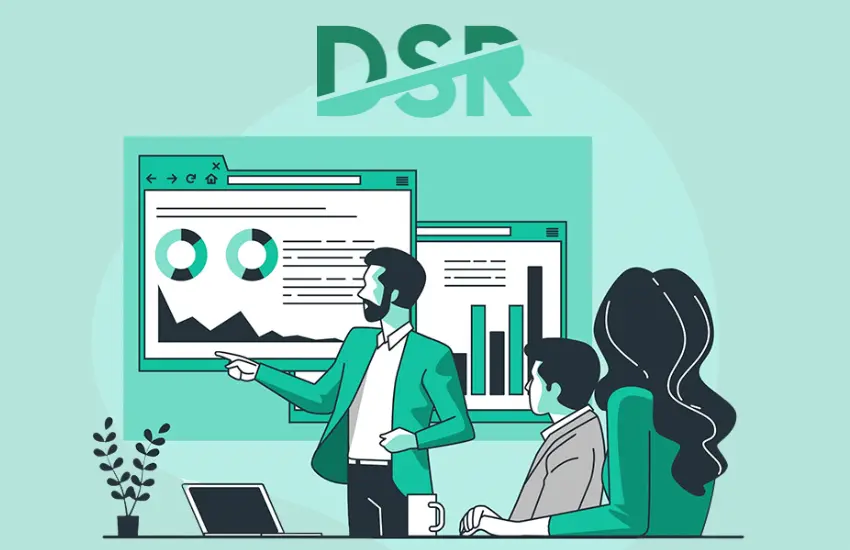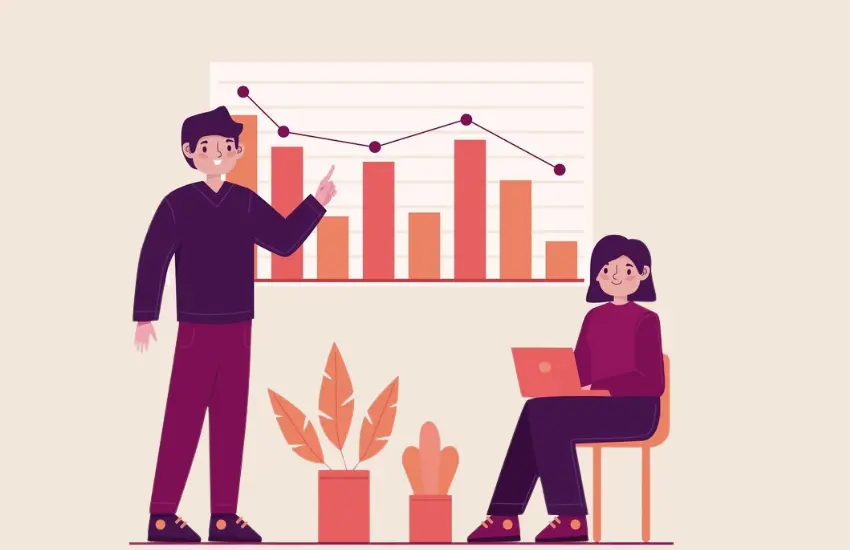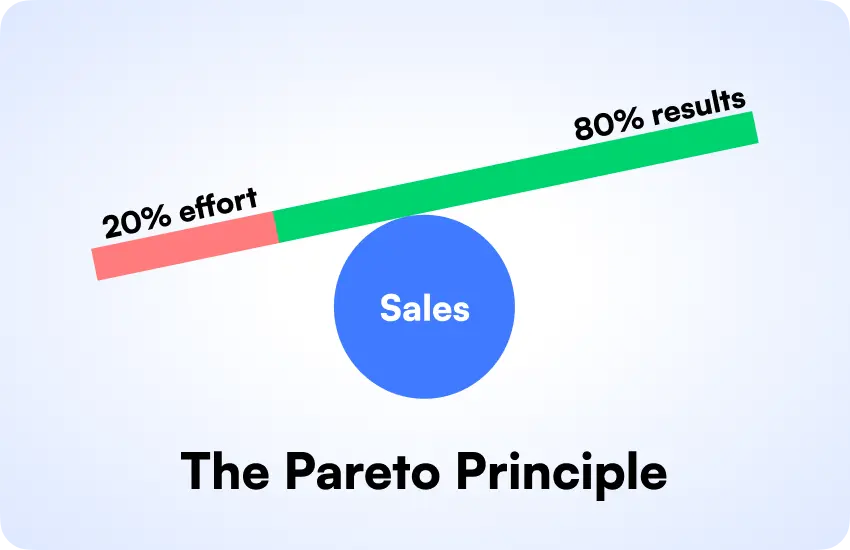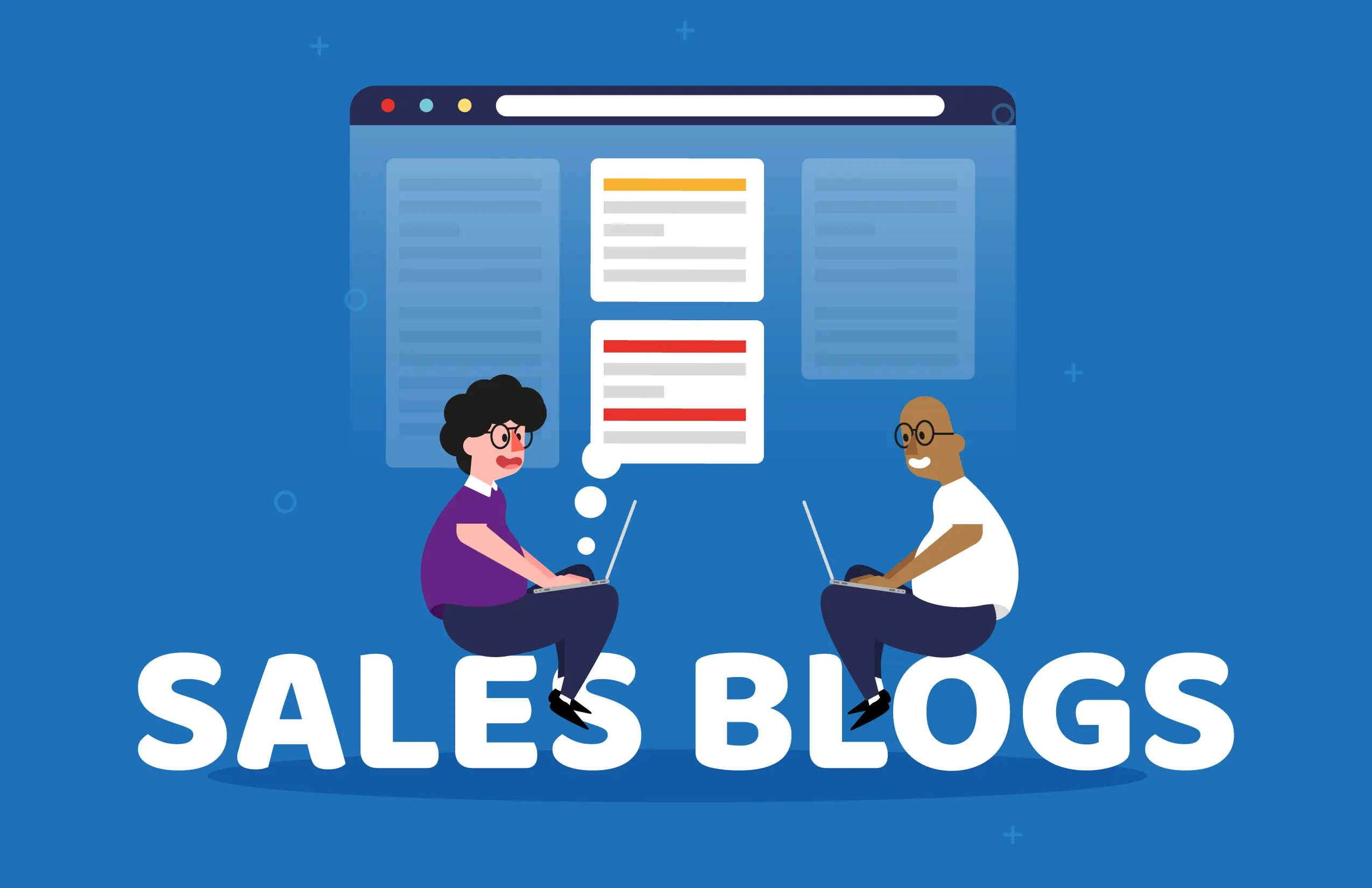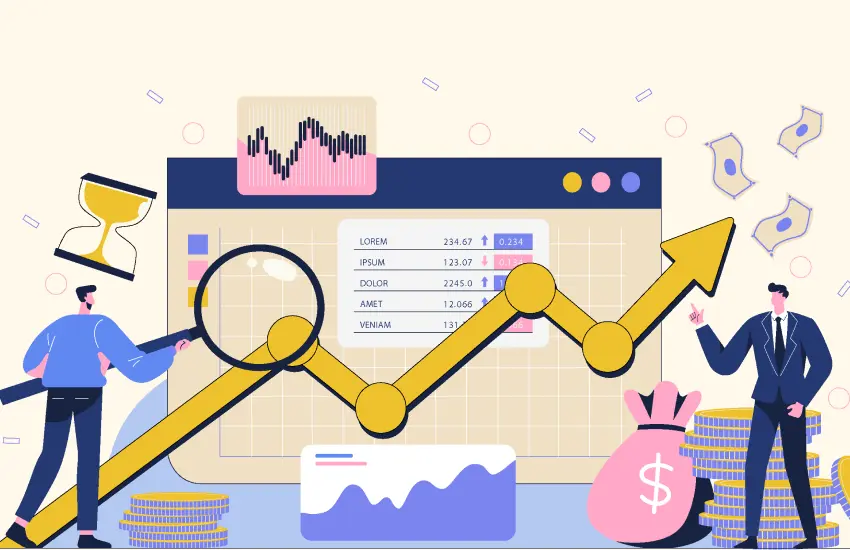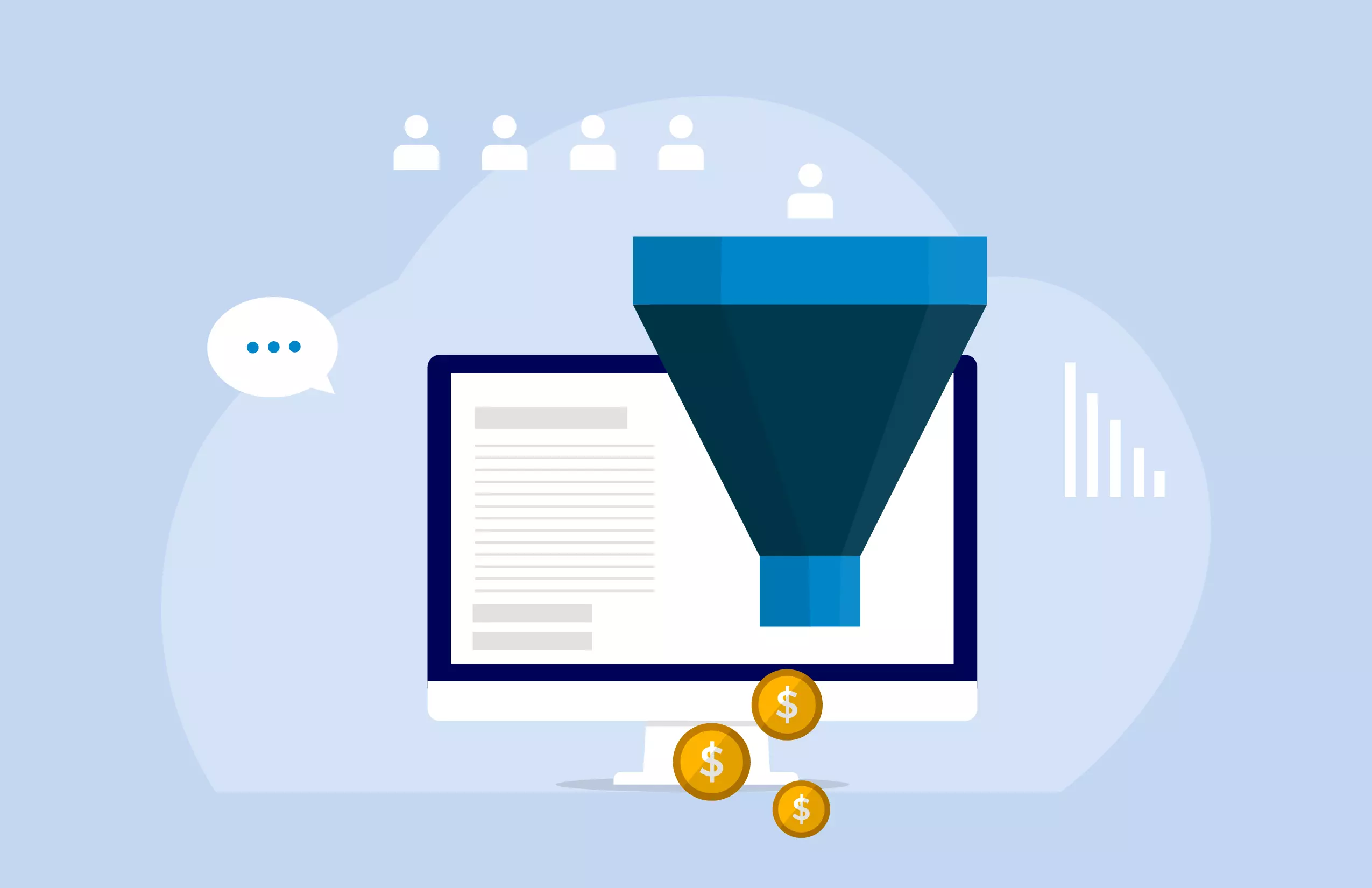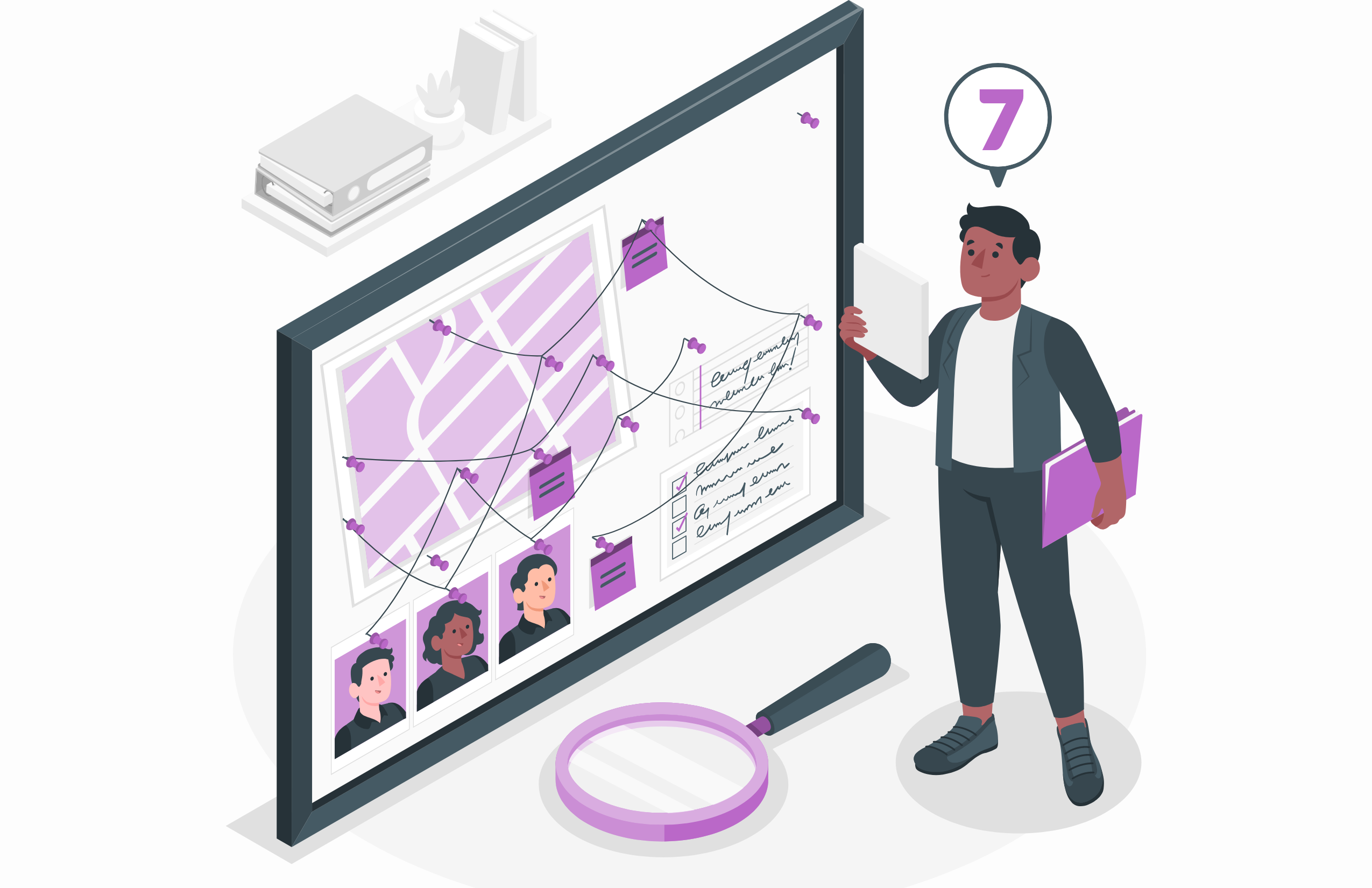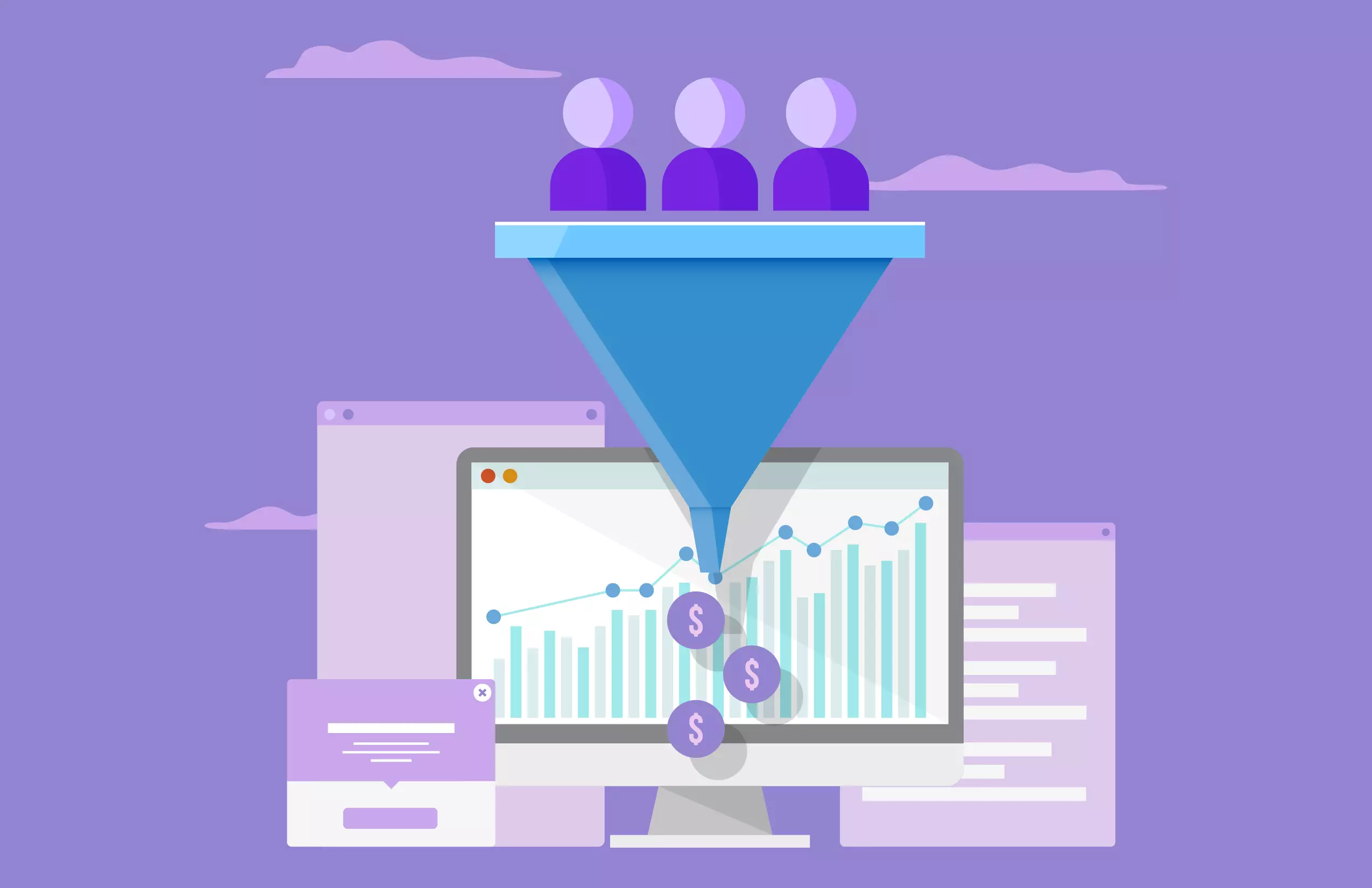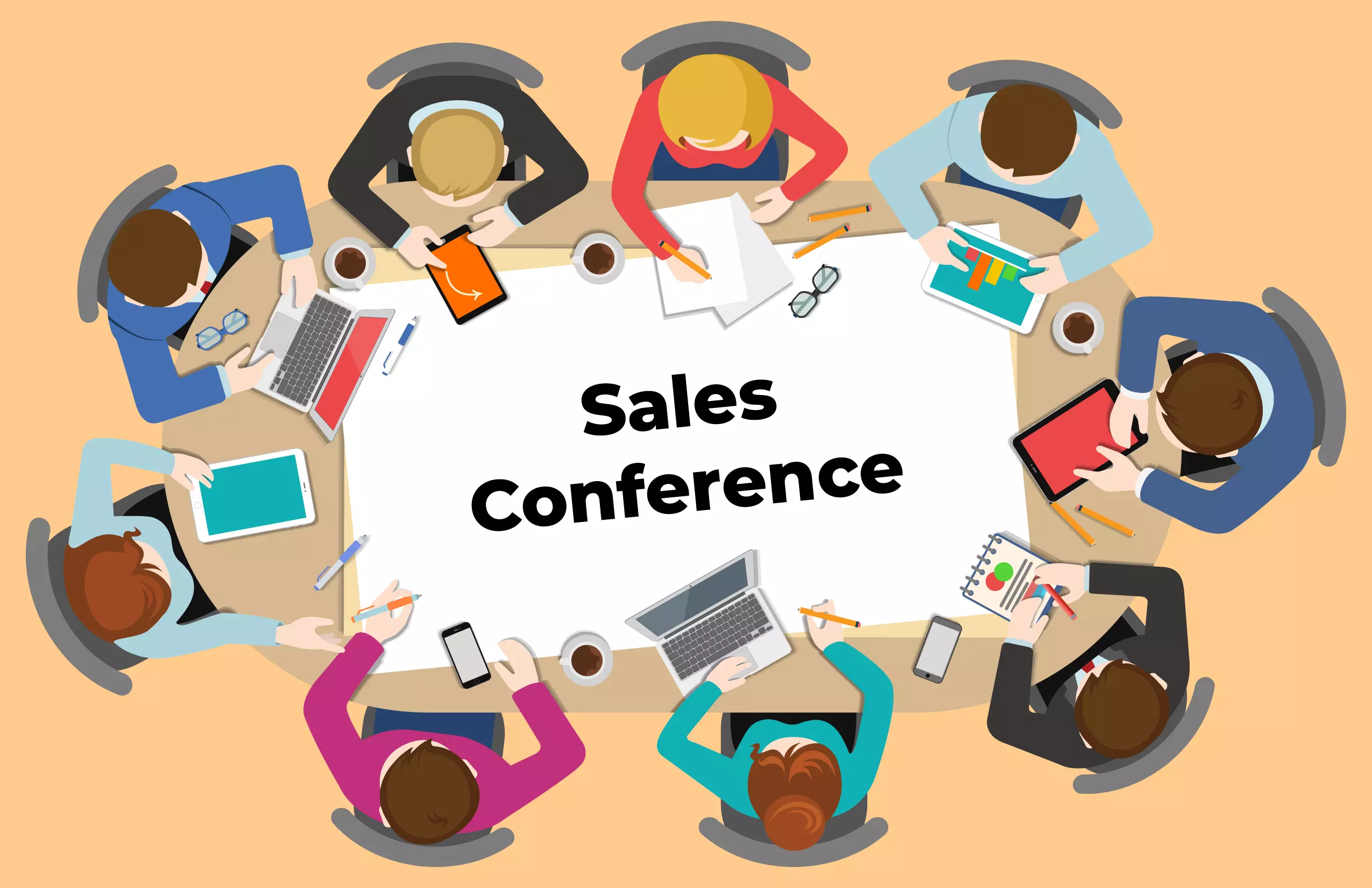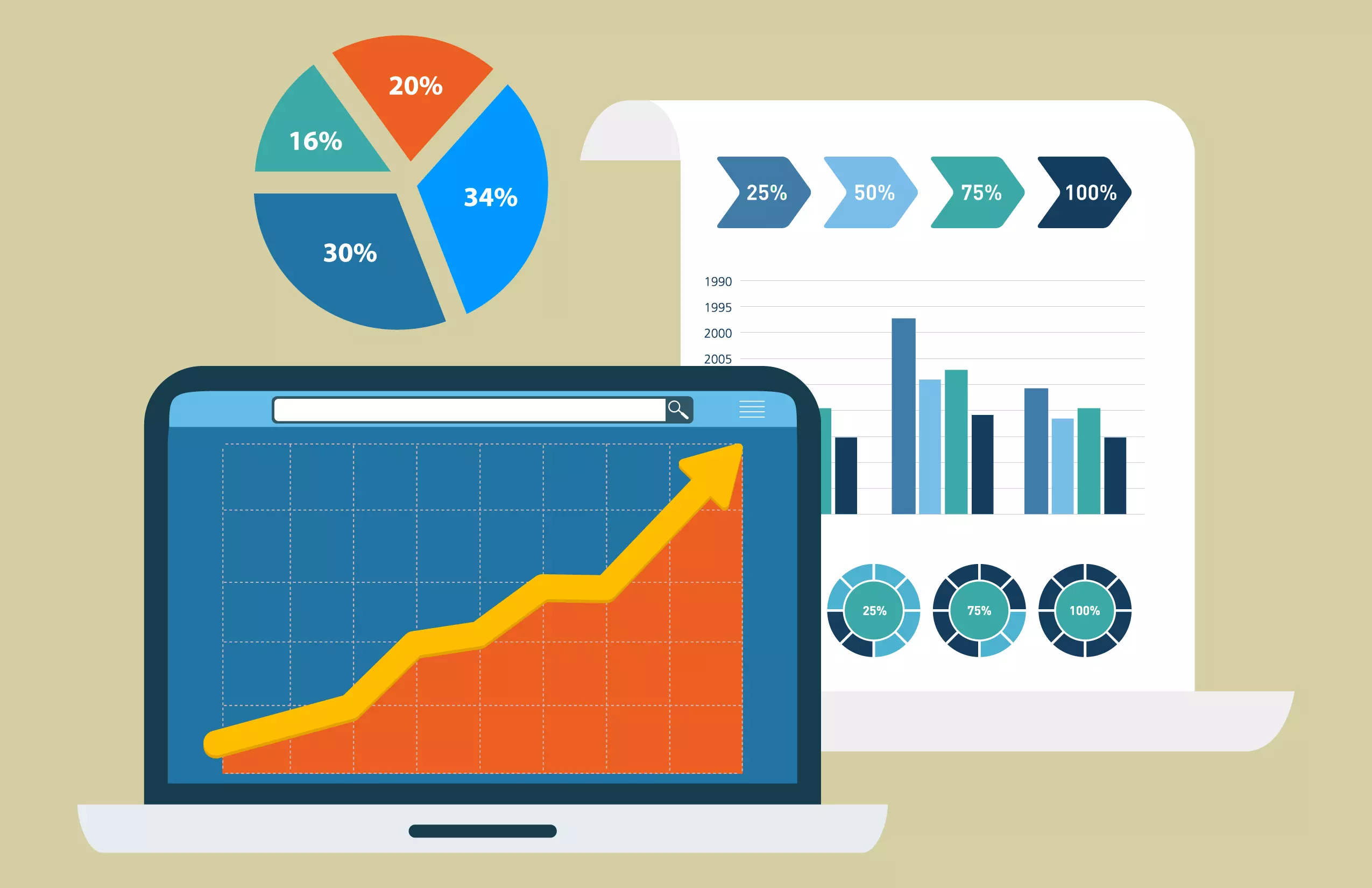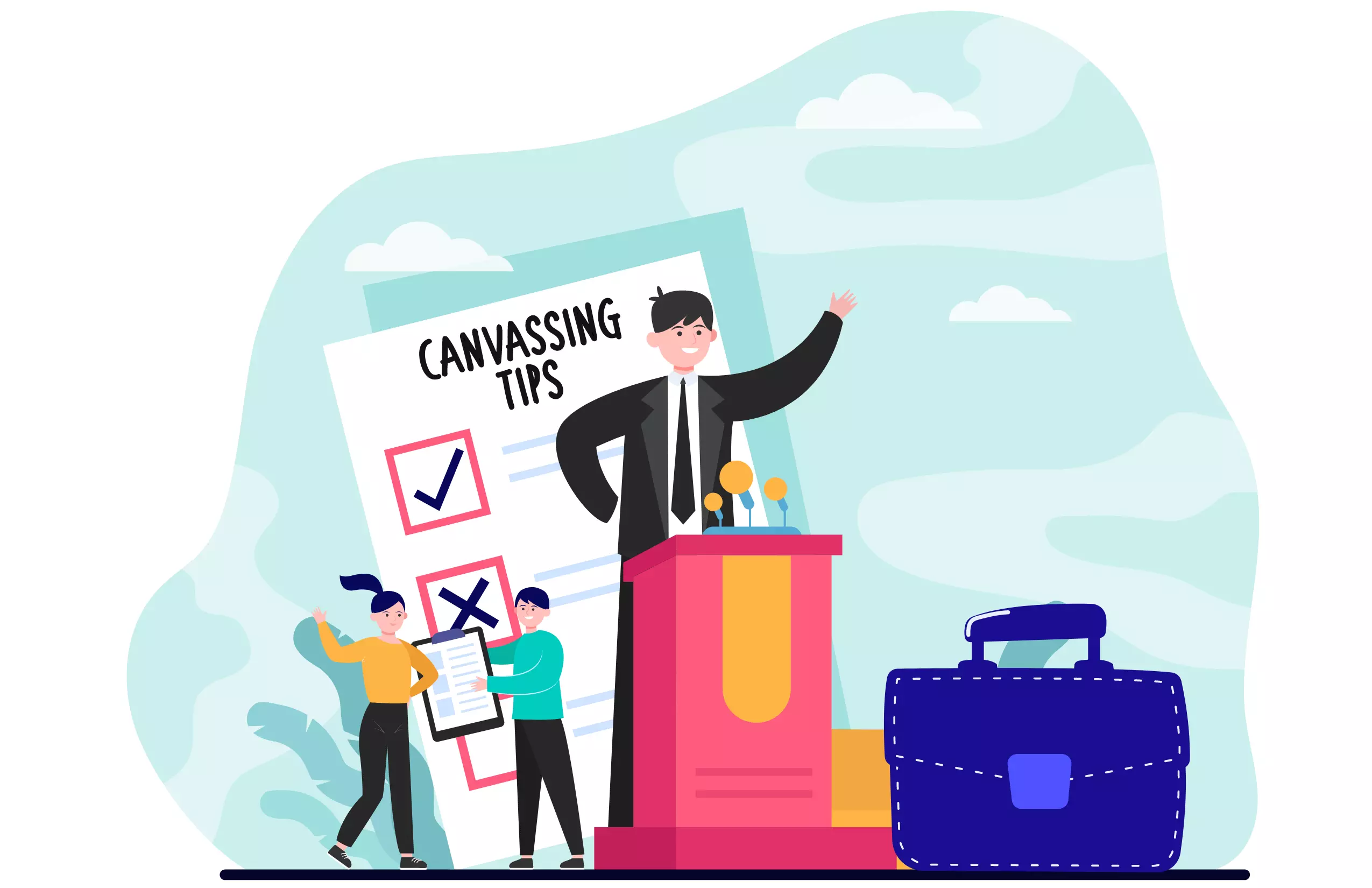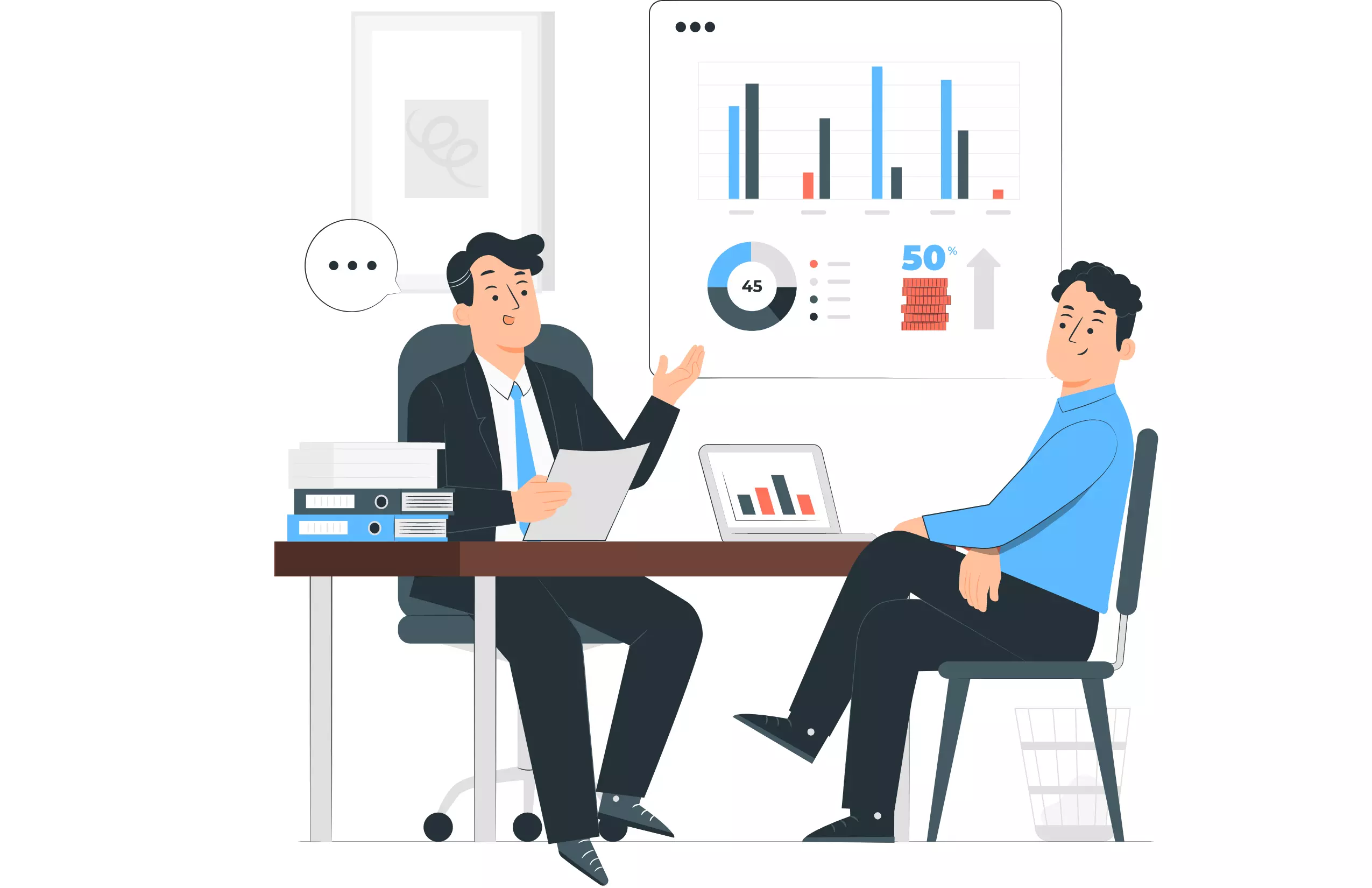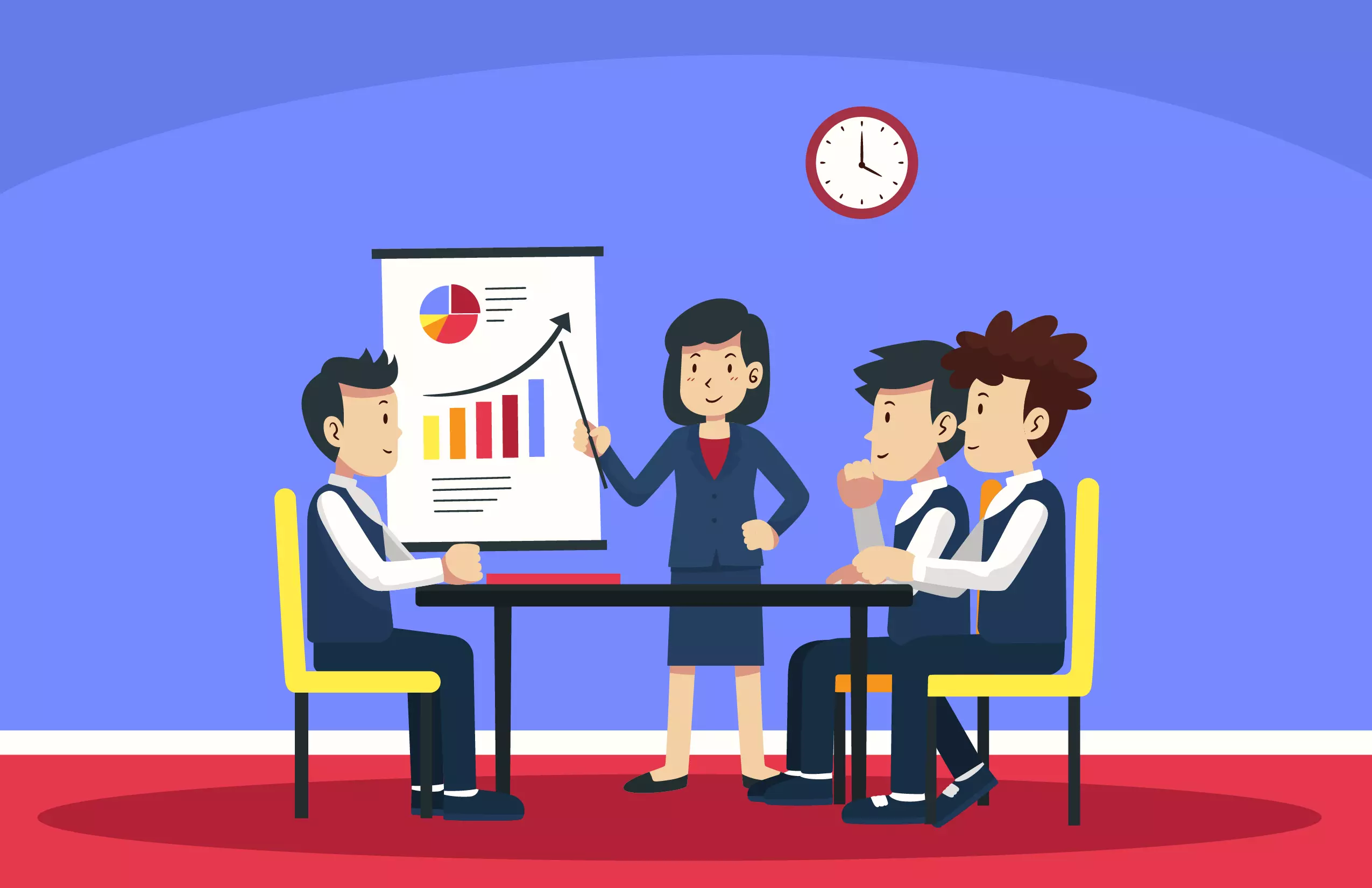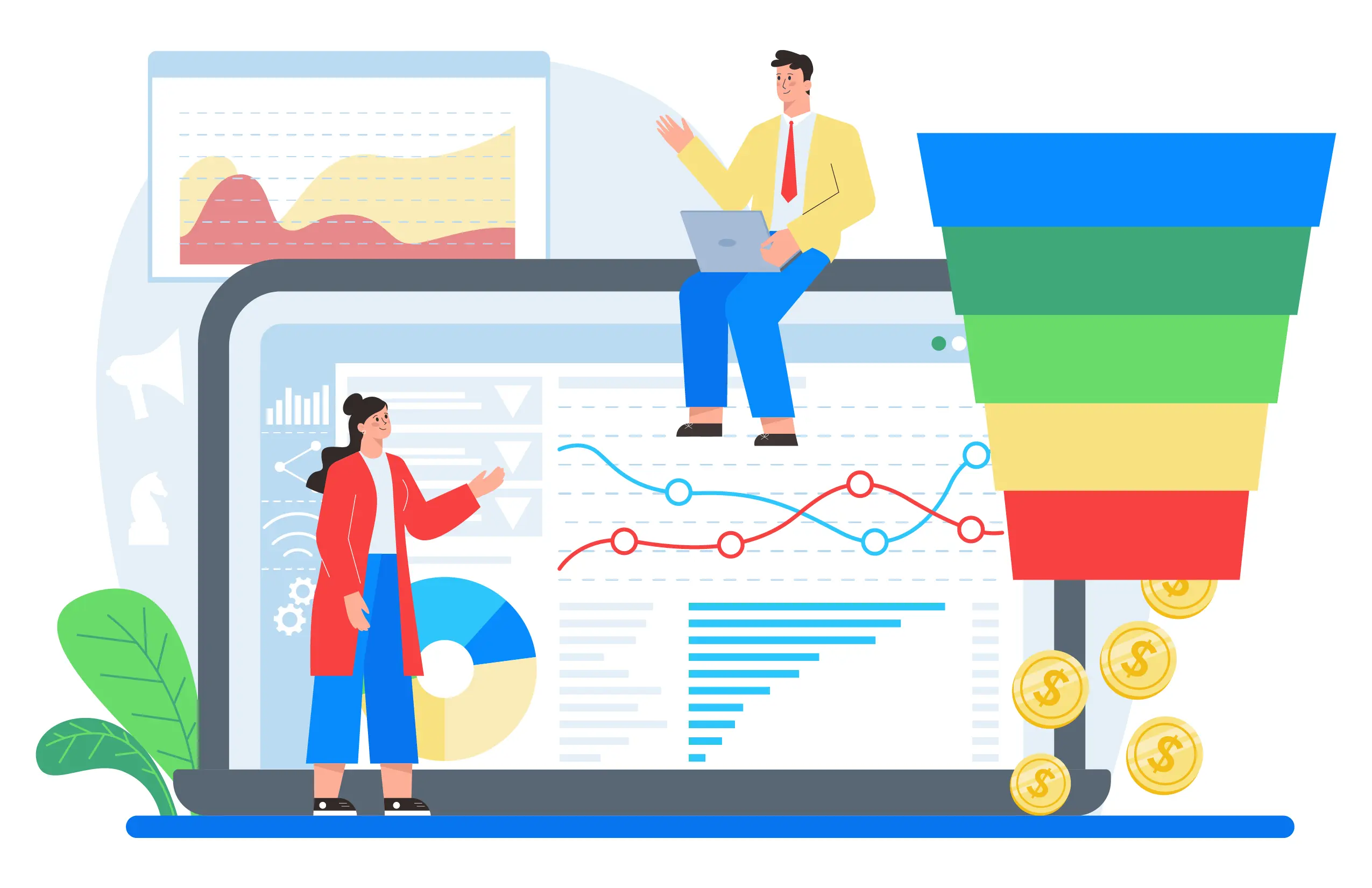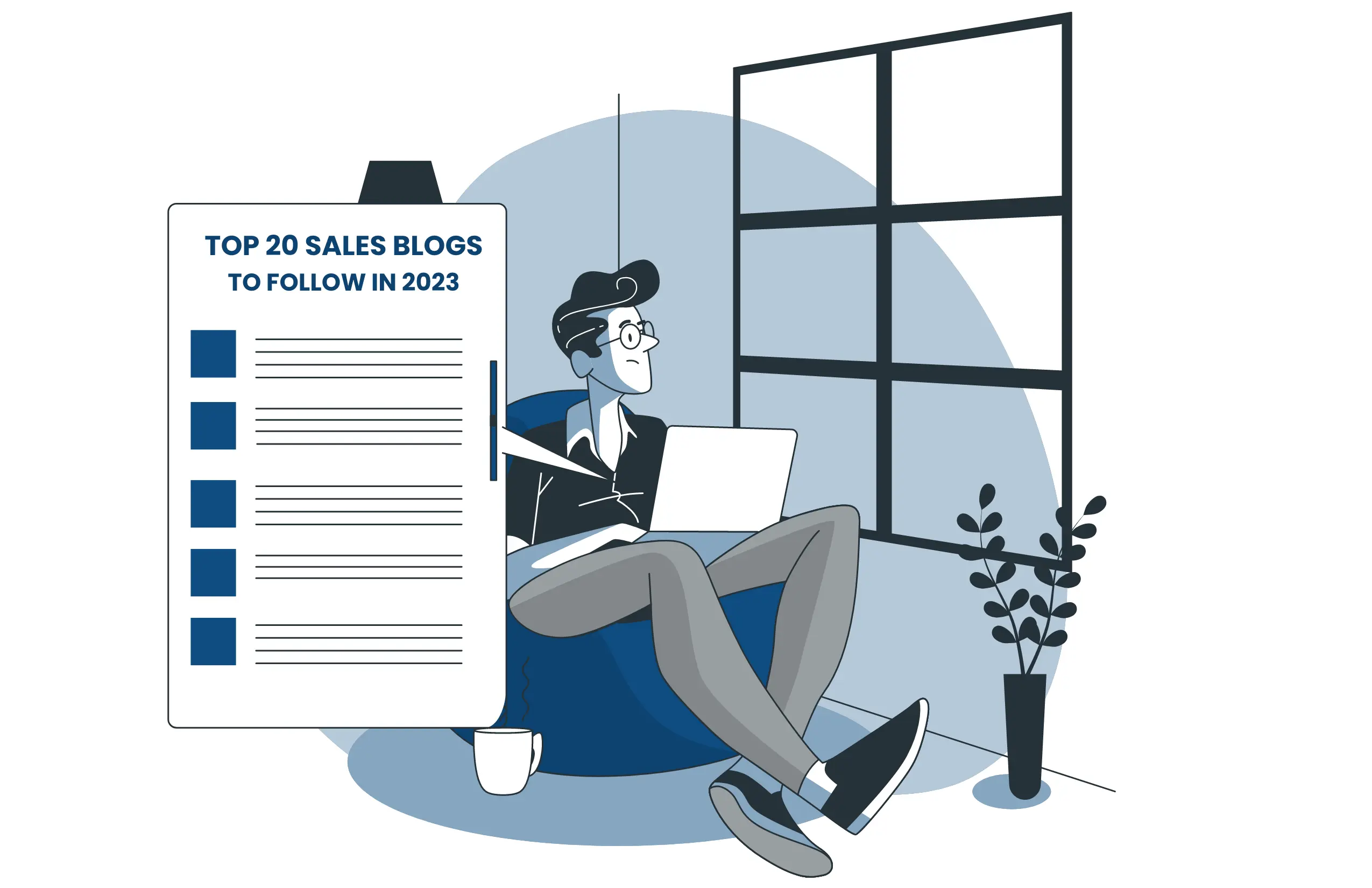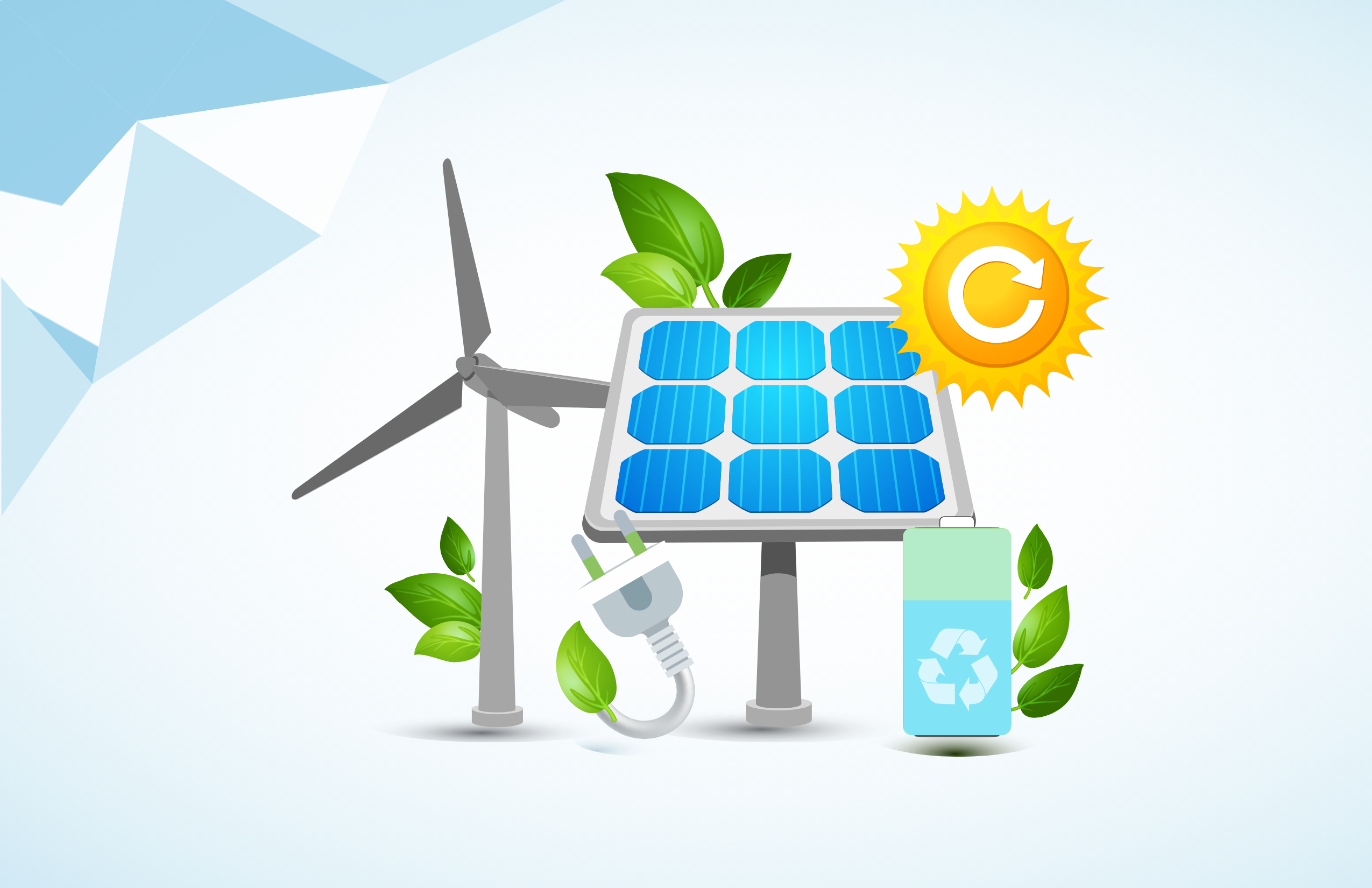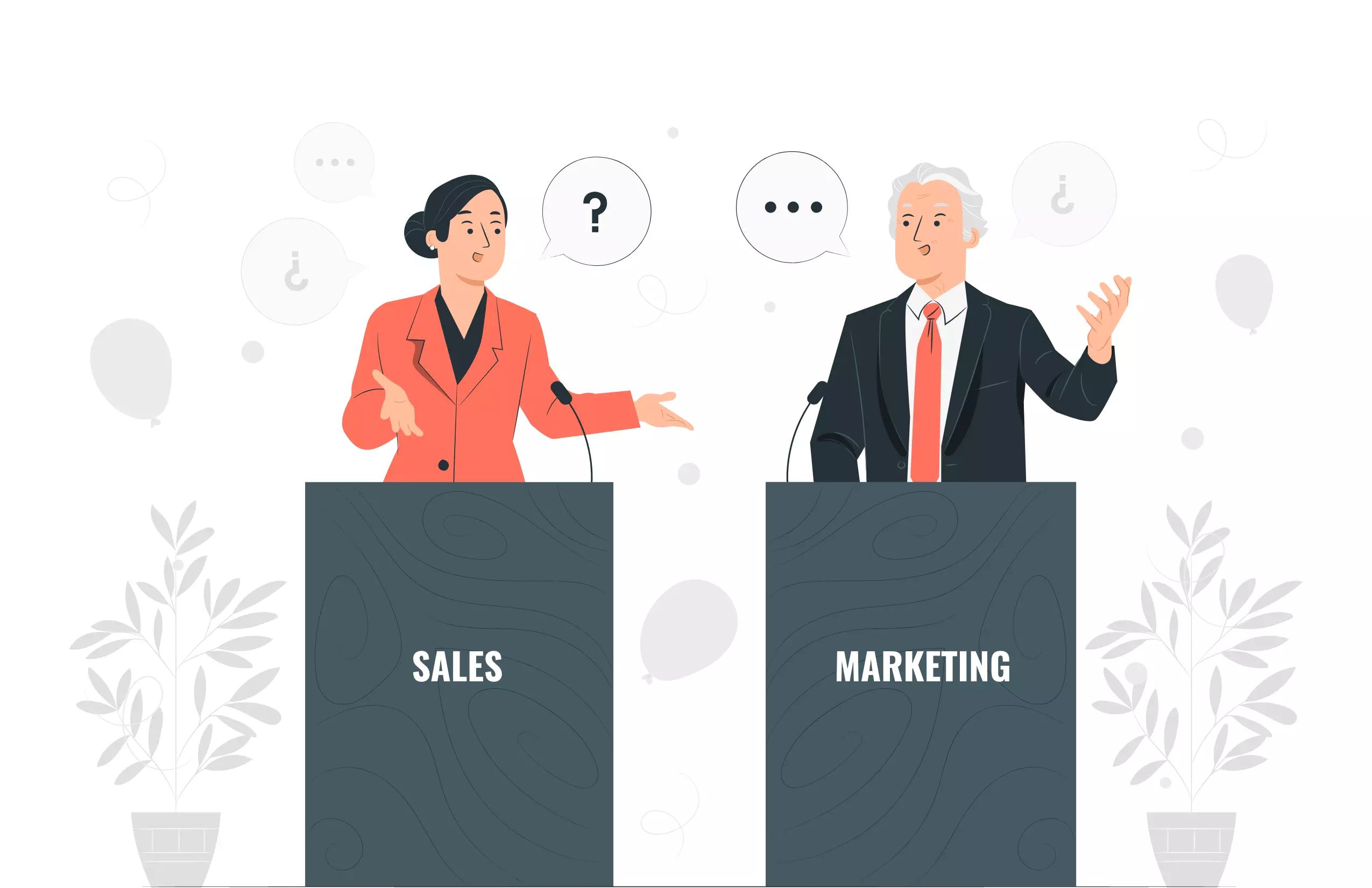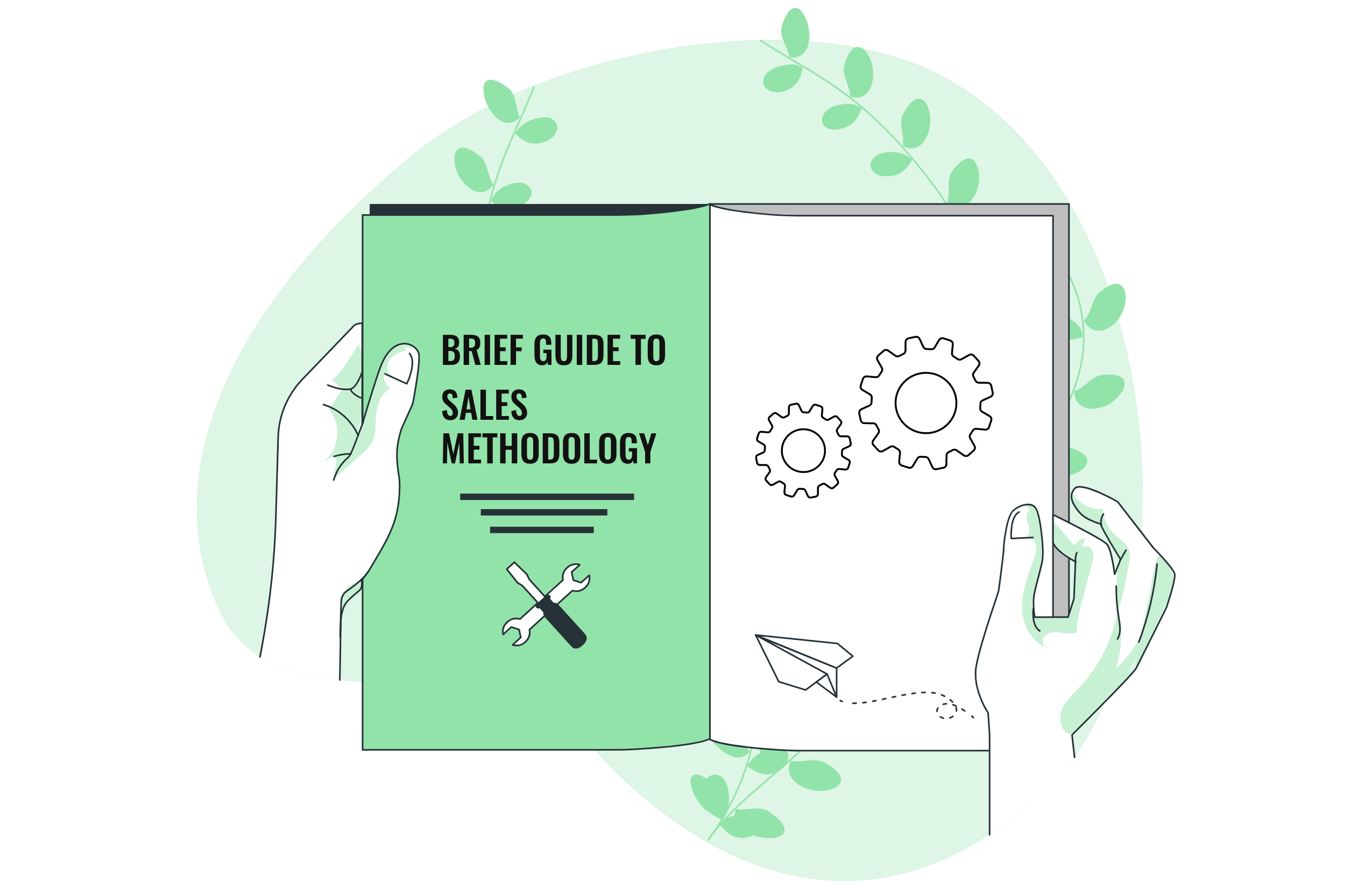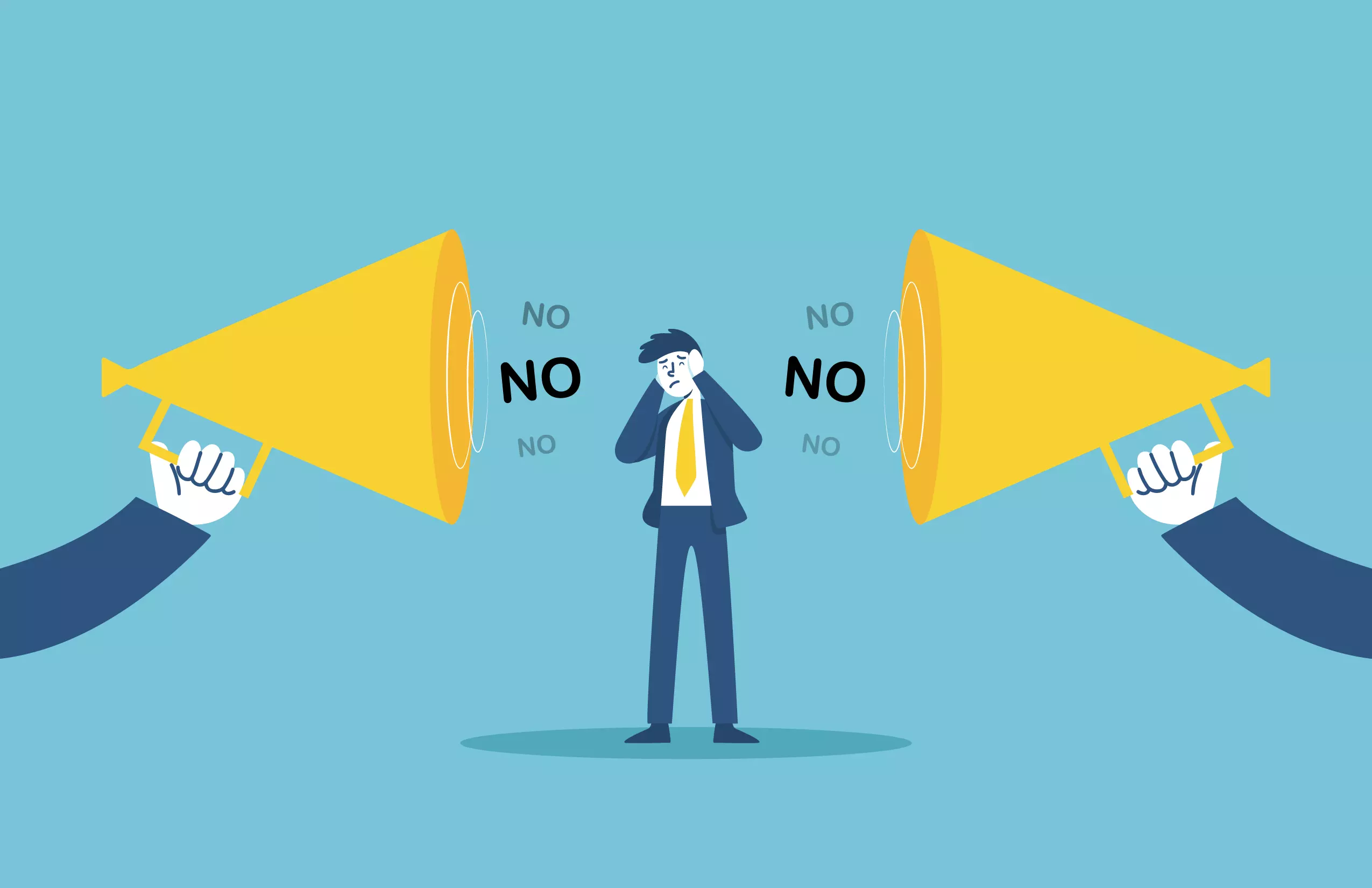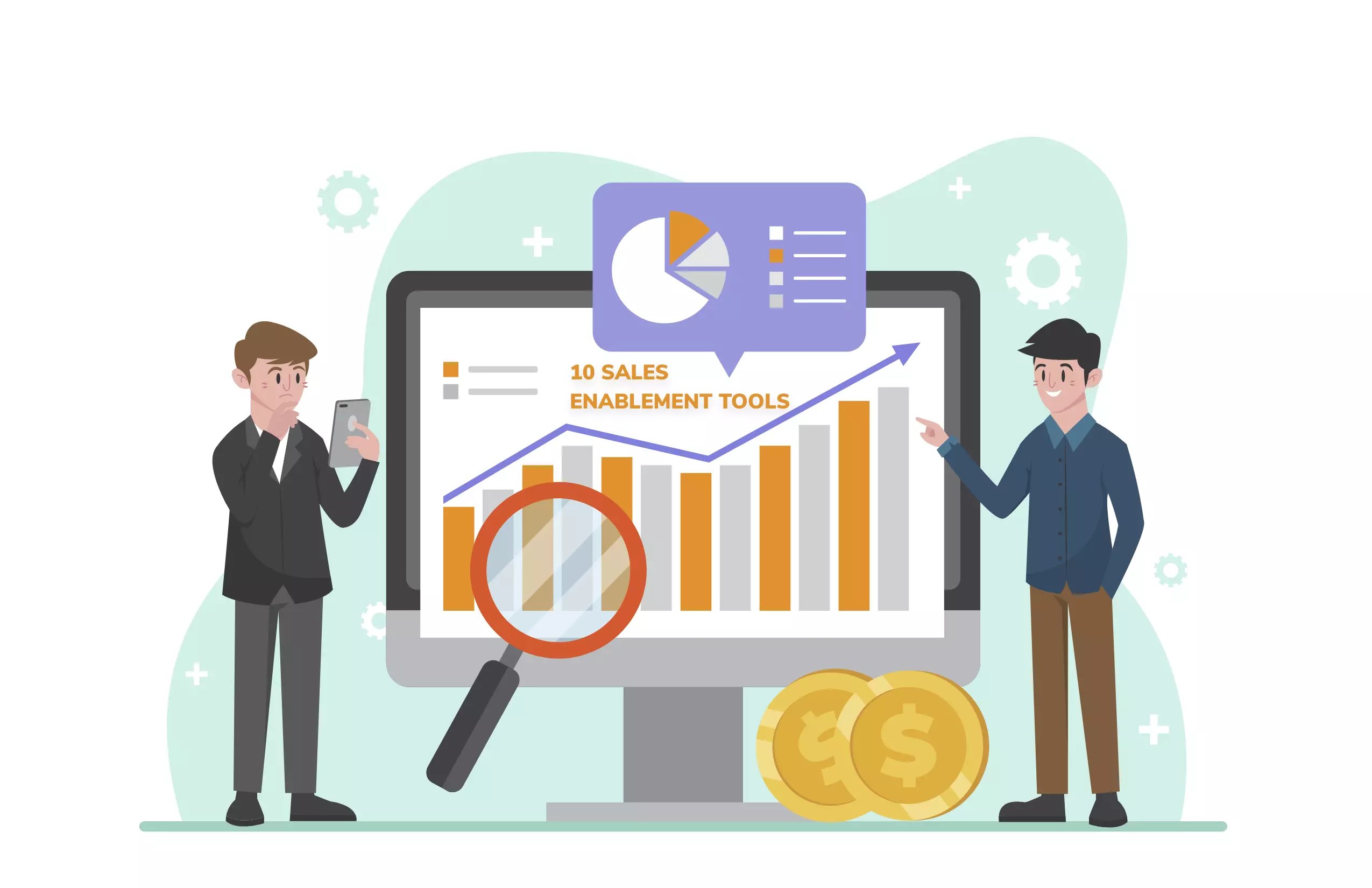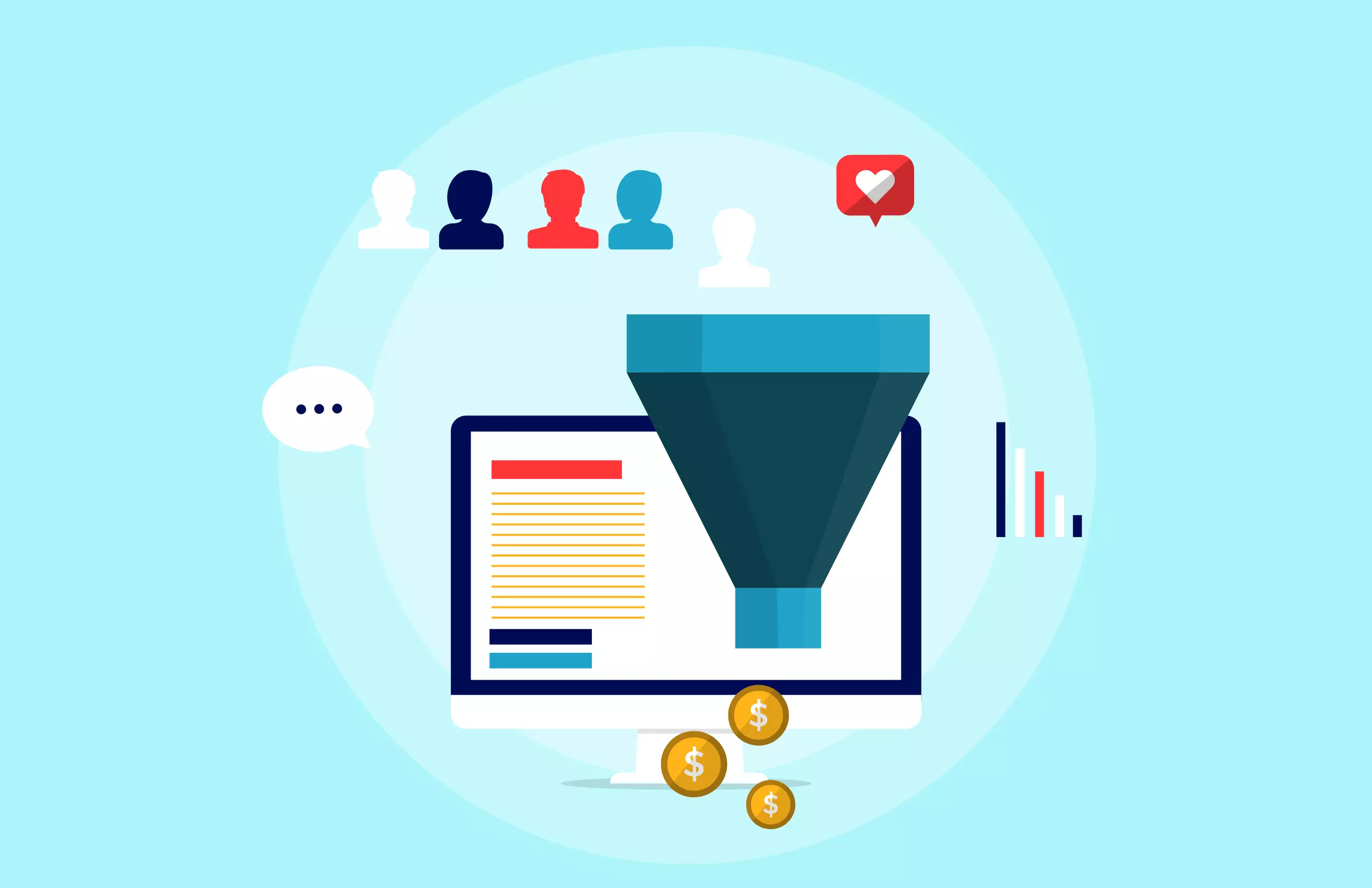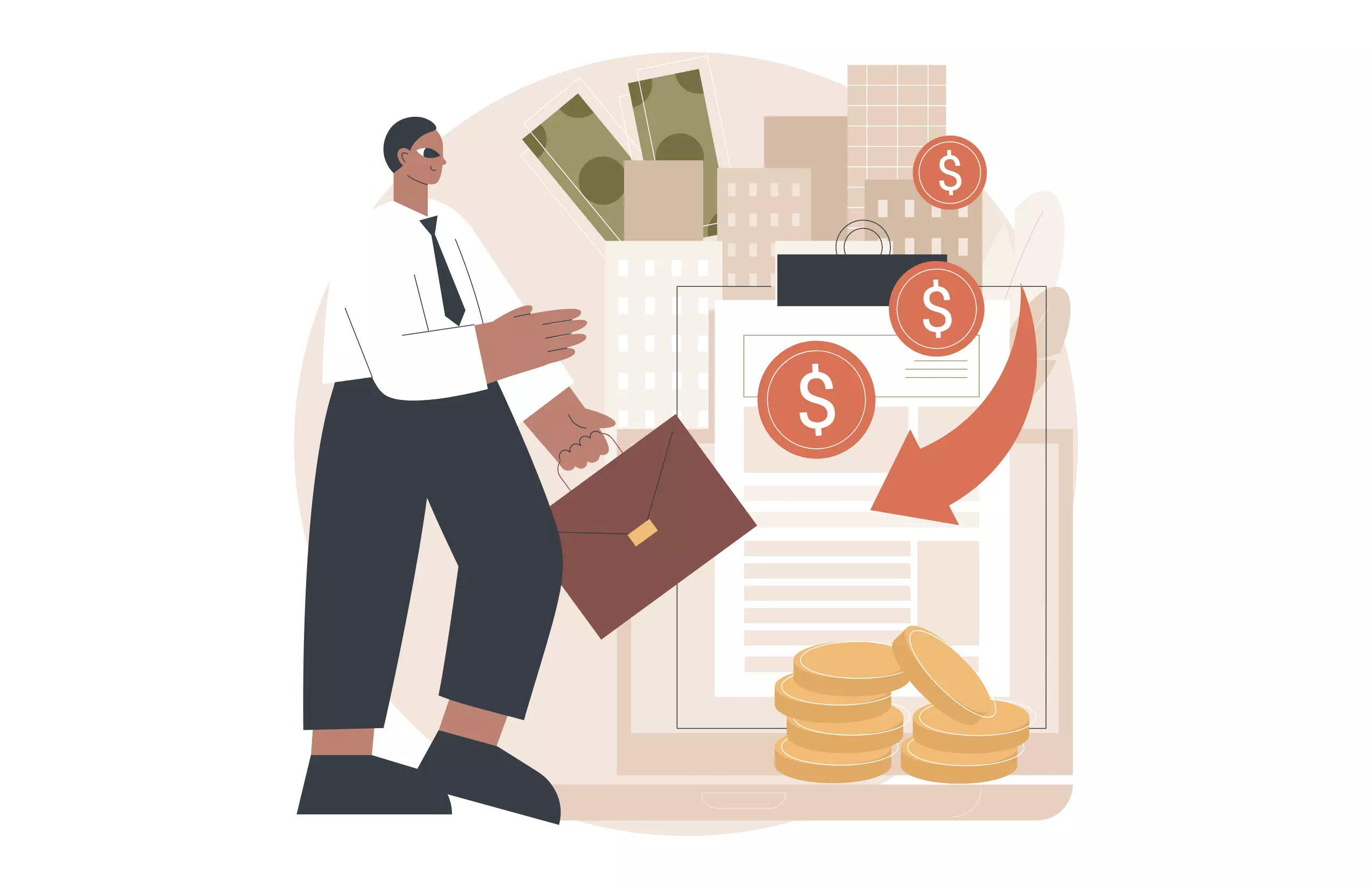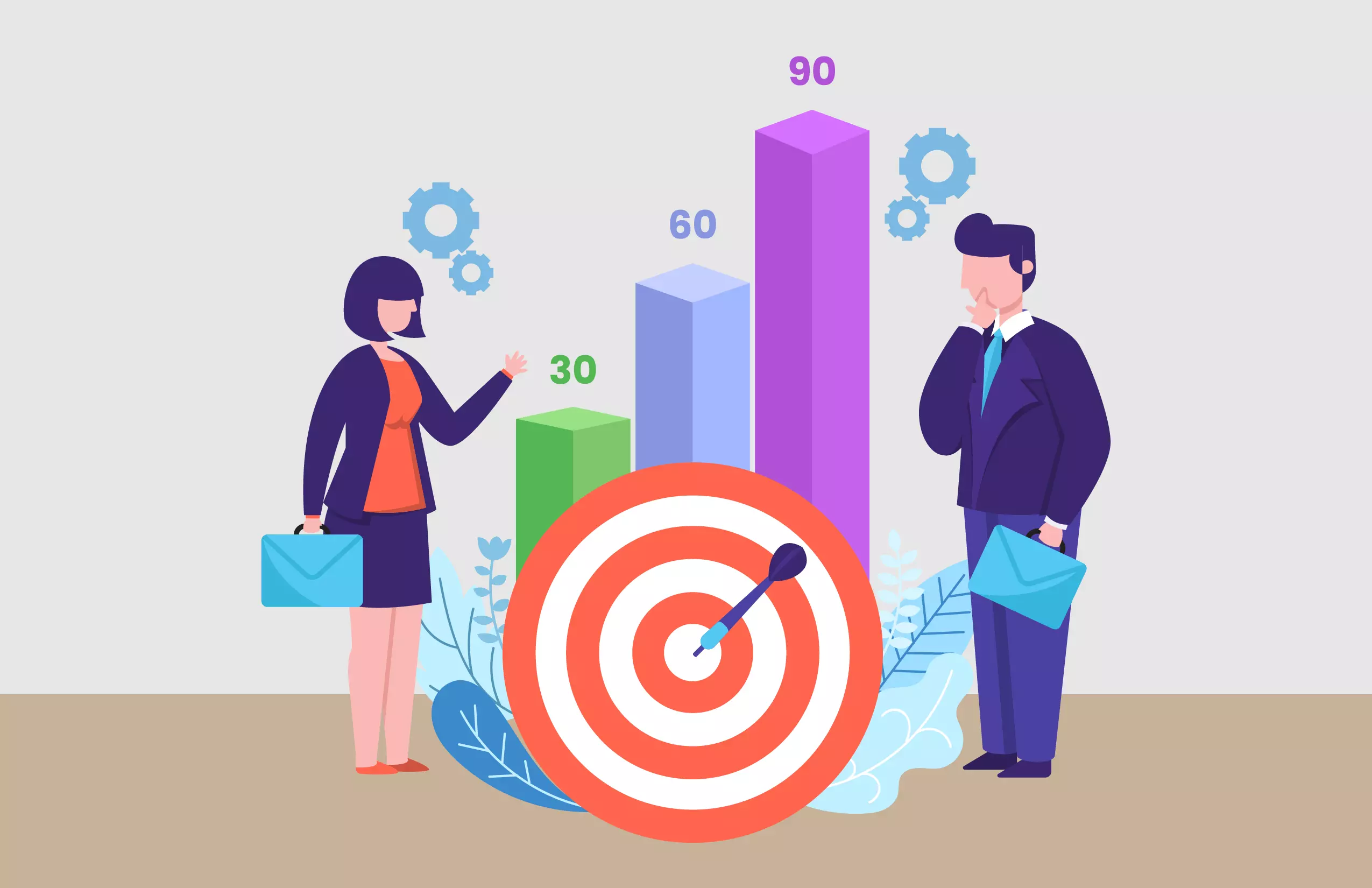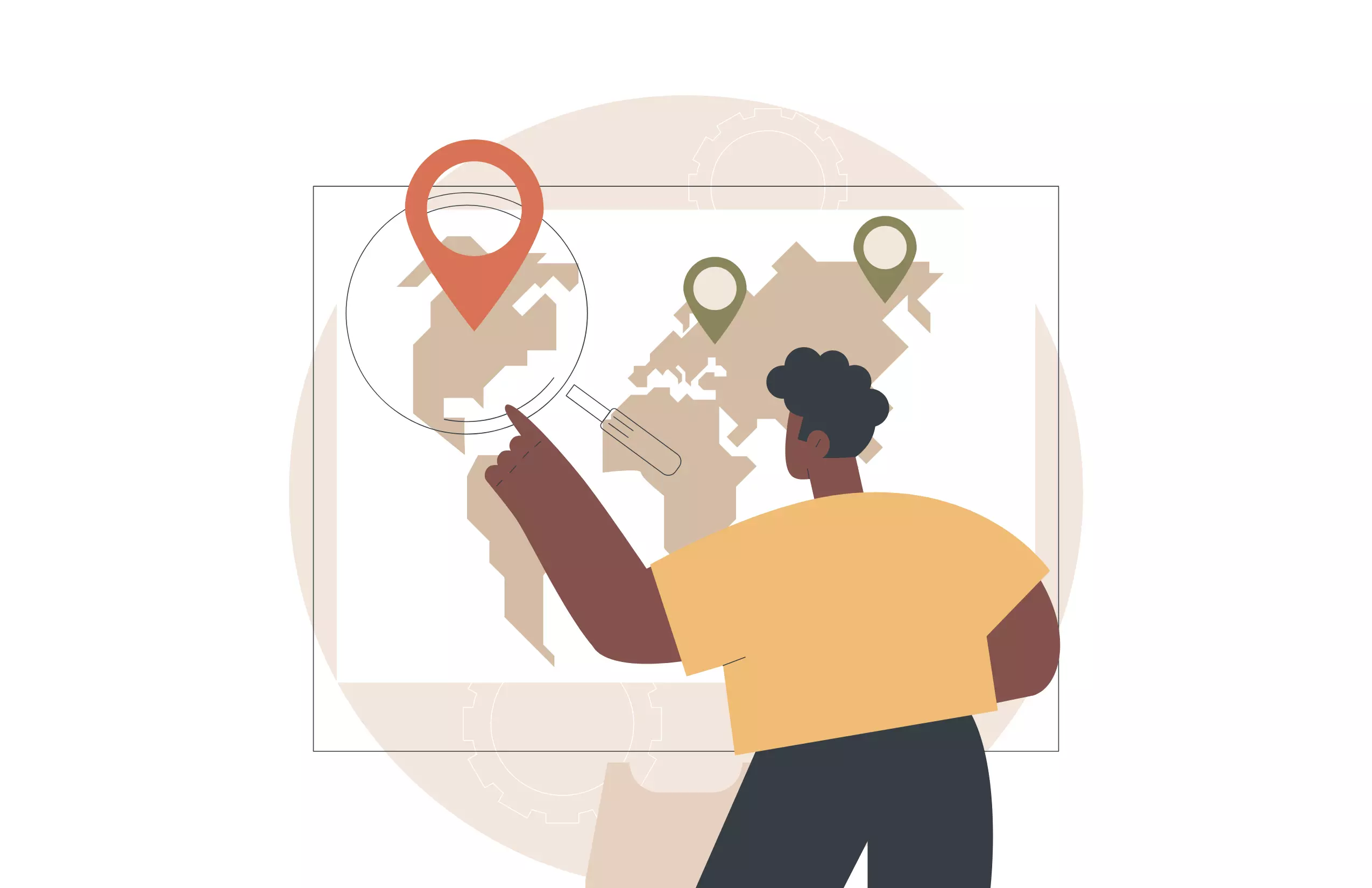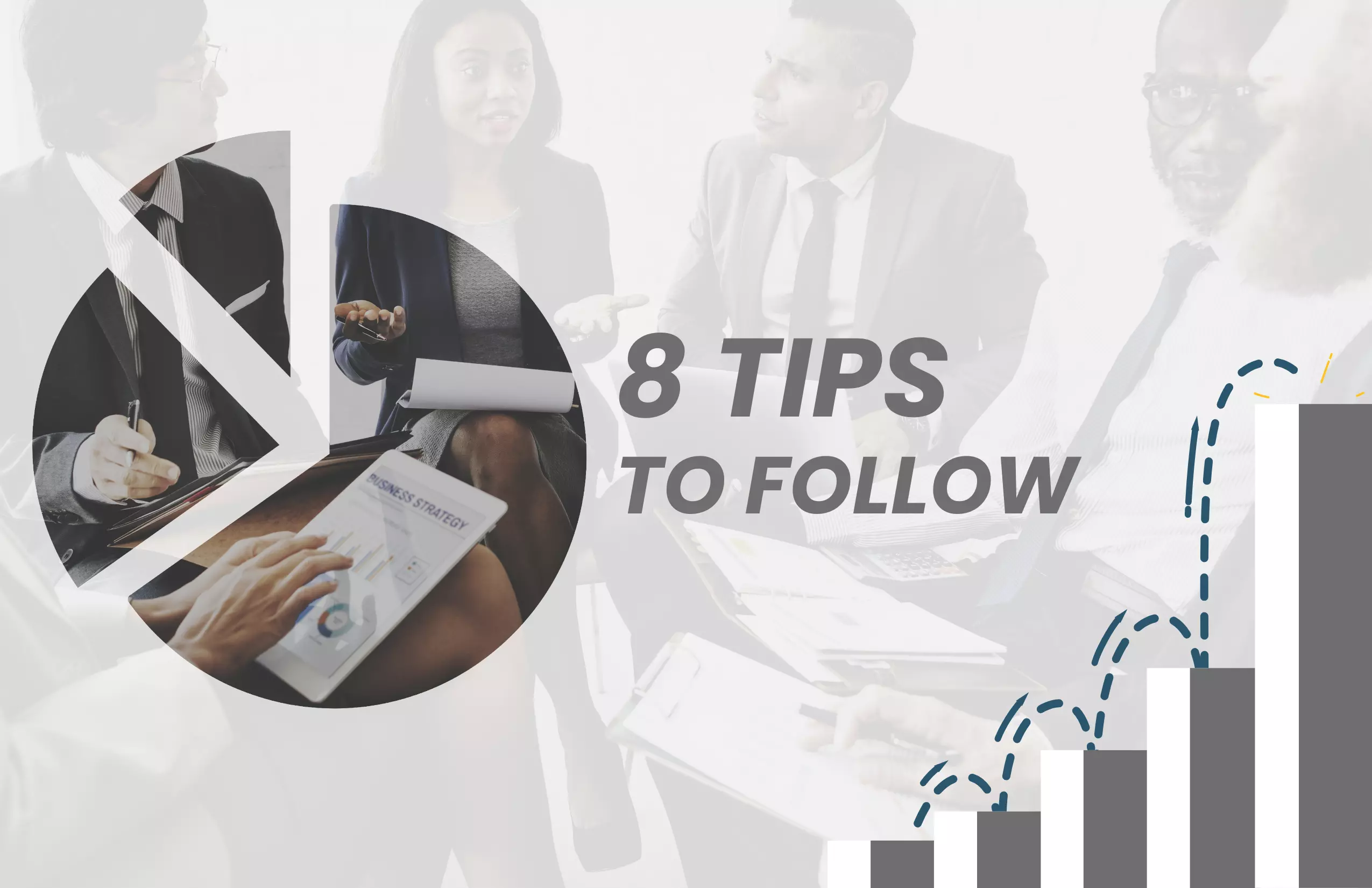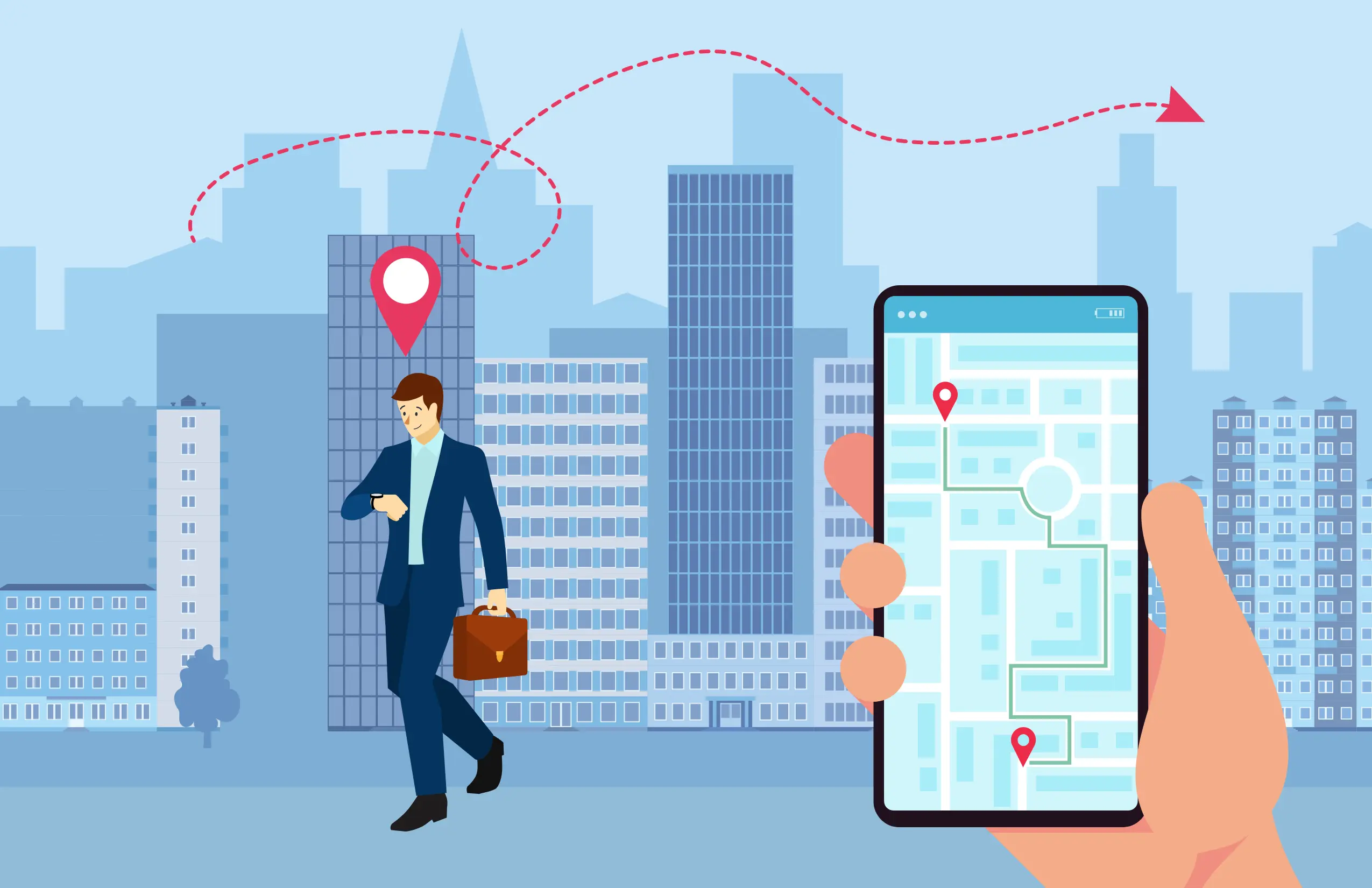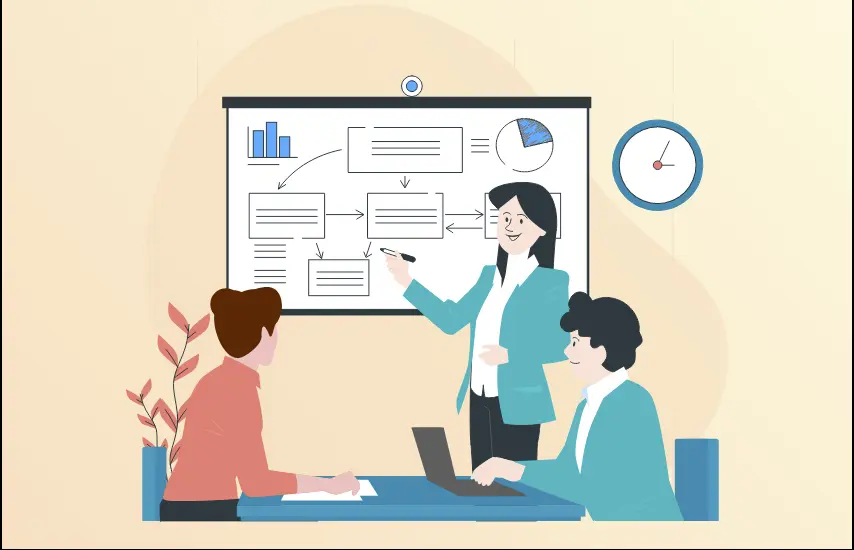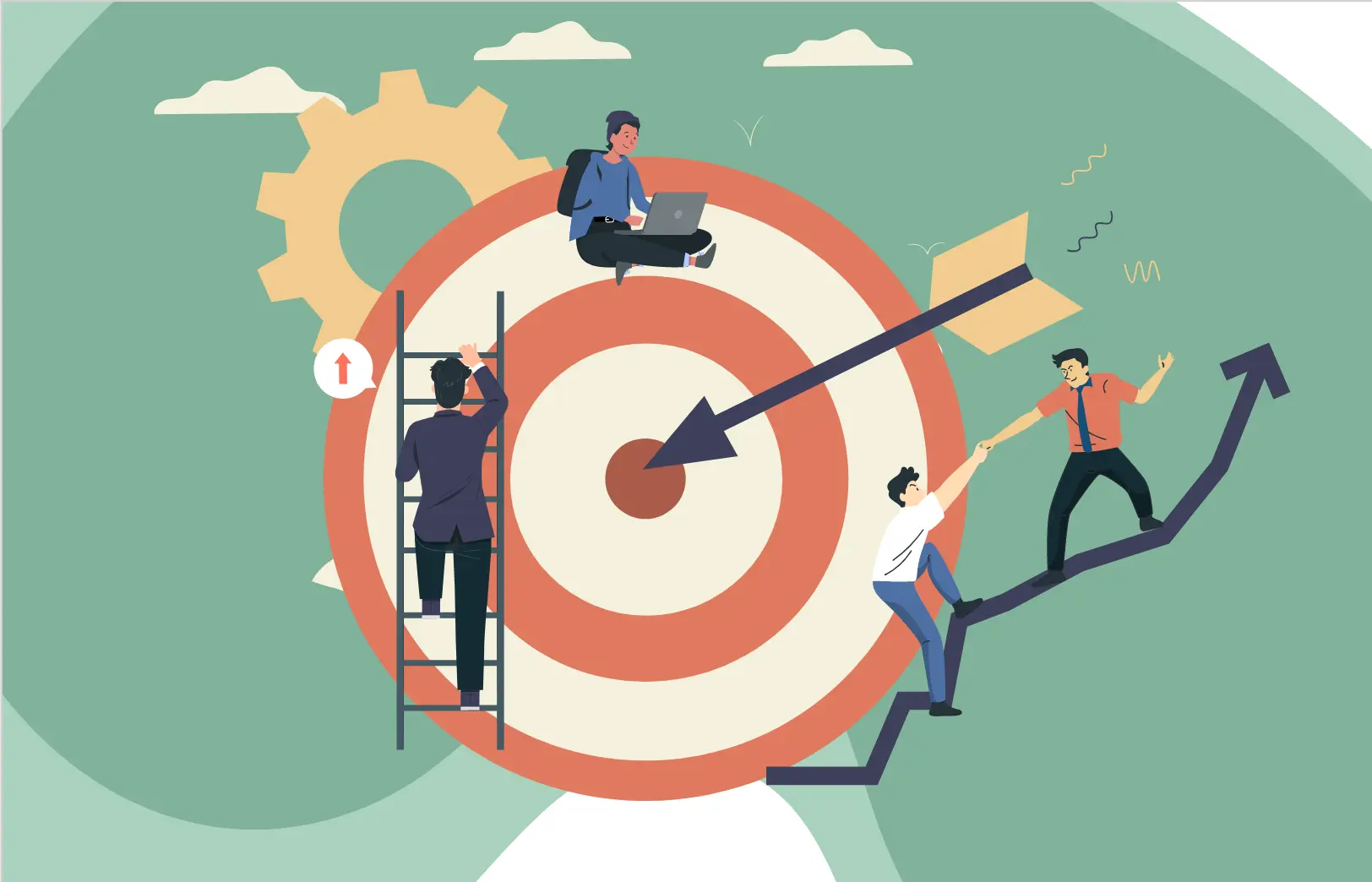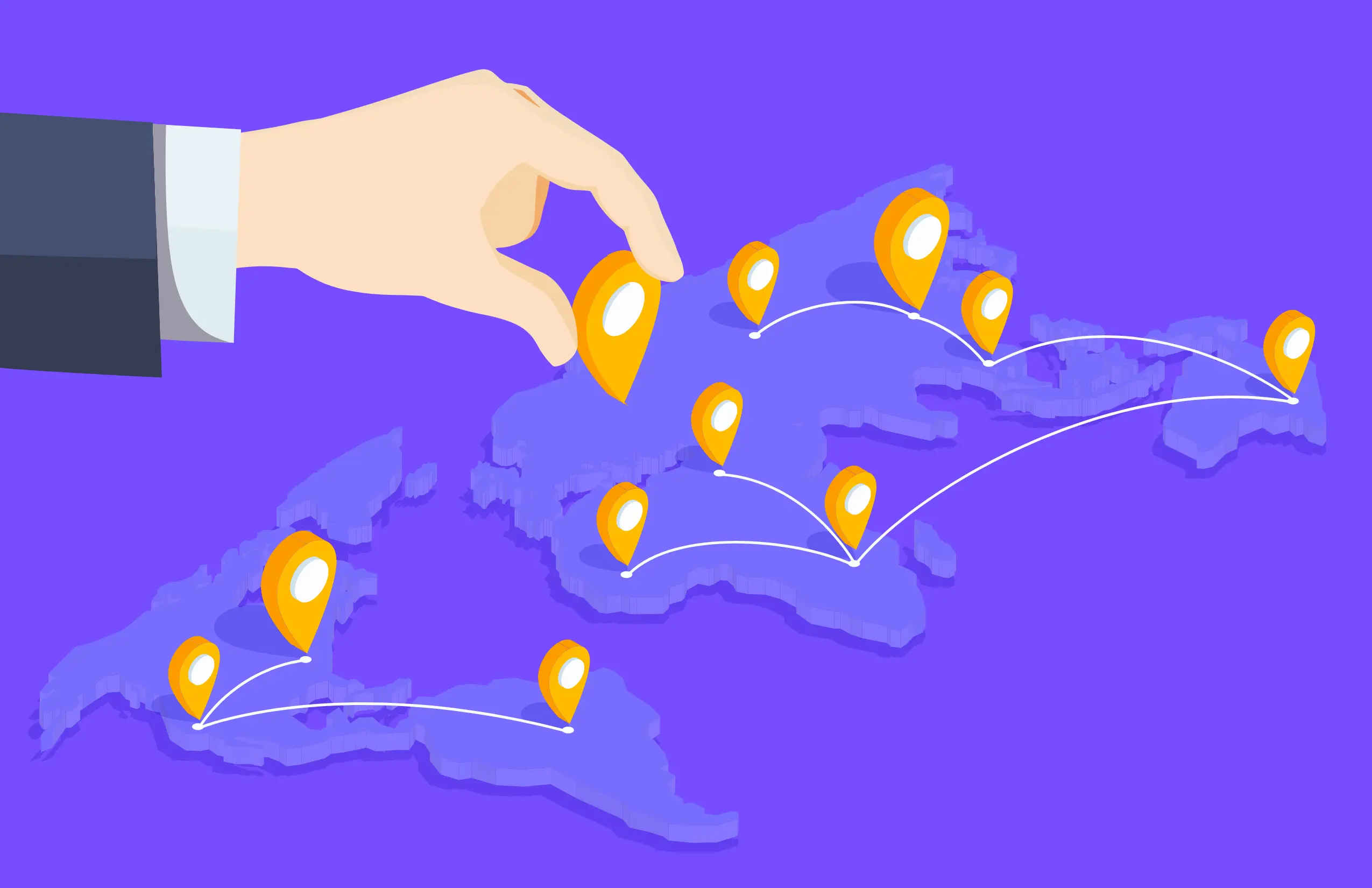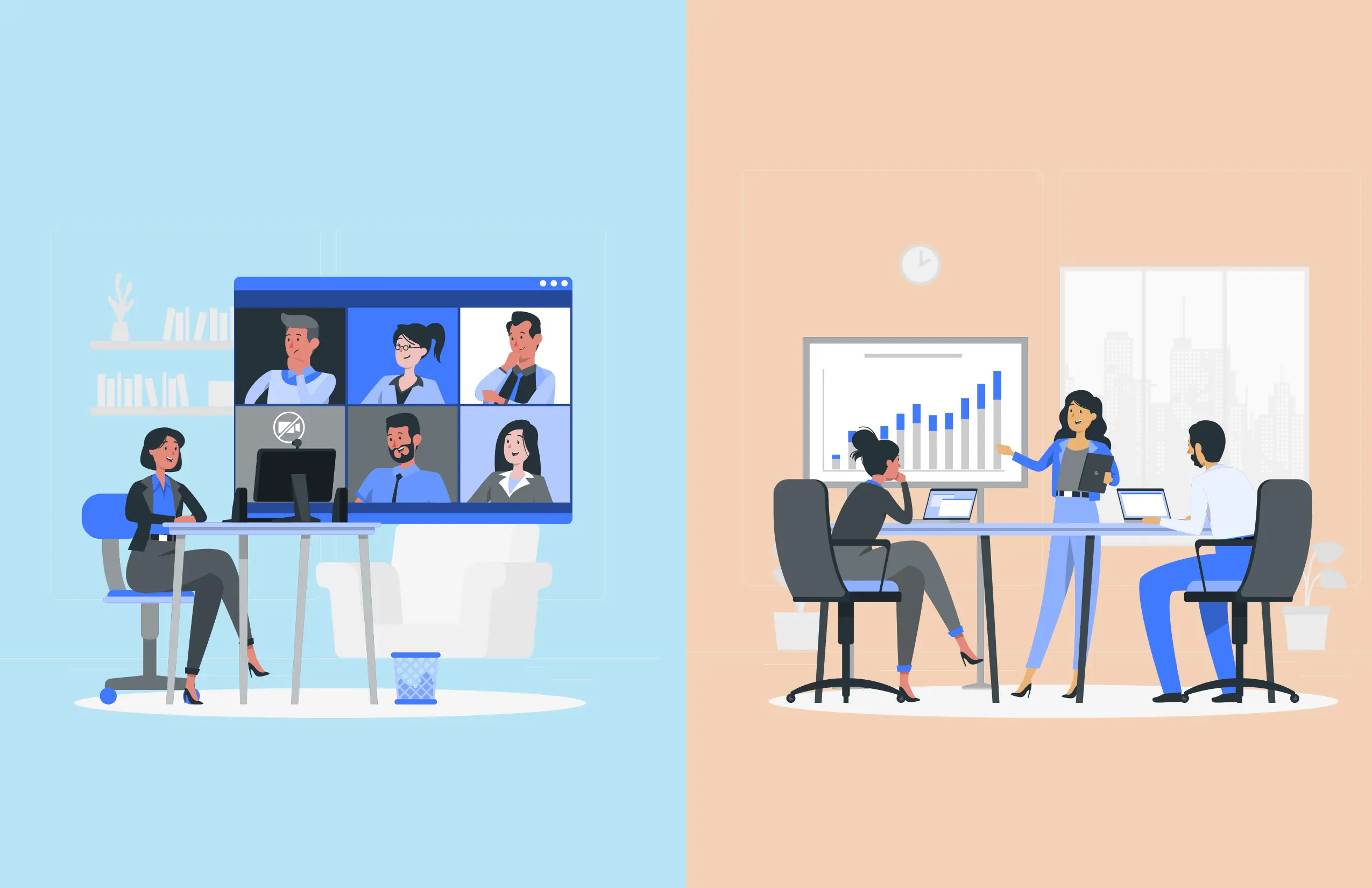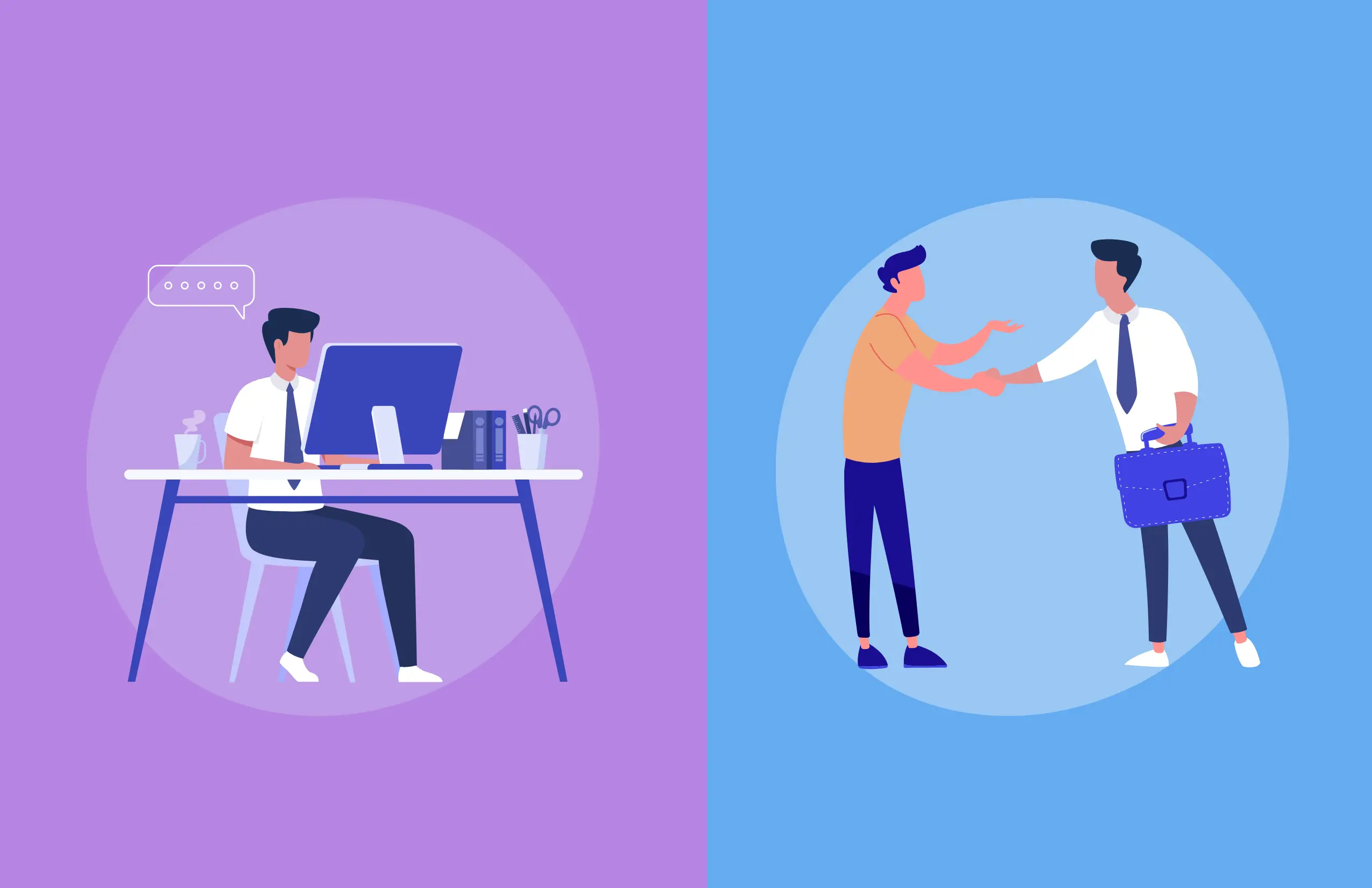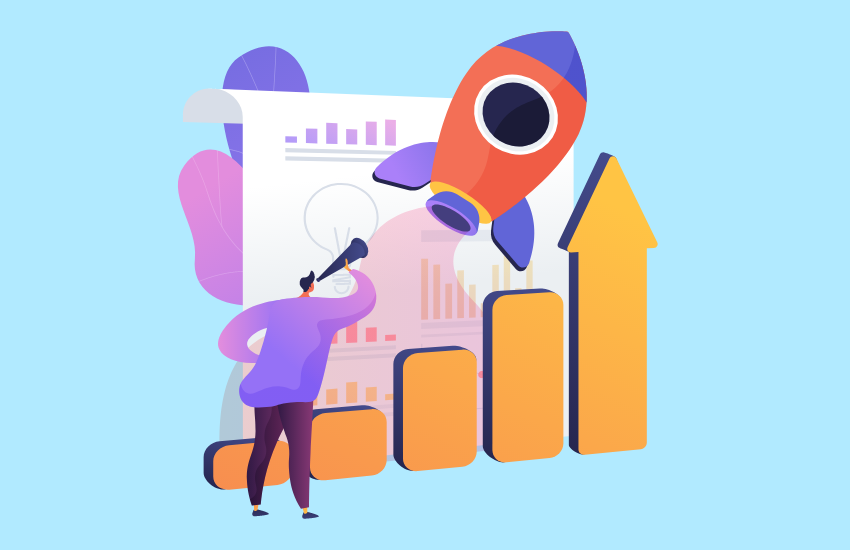
Inside Sales Vs Outside Sales
Table of Contents
Struggling to decide between inside or outside sales for your growing business? The right sales strategy can accelerate lead generation, boost team productivity, and directly impact your revenue. In this guide, we’ll break down the real differences, advantages, and use cases of inside vs outside sales — helping you choose what works best for your unique sales goals.
Inside Sales
The goal of the inside sales team is to do remote office sales. Inside sales people converse with leads over the phone, over email, and via video chat without any personal meetings.
Inside sales teams are beneficial to many different businesses, but they specialize in selling transactional, lower-cost items with quicker sales cycles. For example, inside sales representatives will cold call a list of target accounts to find out their keen interests, needs, and financial capacity for office supplies.
Outside Sales
The term “outside sales” describes sales representatives who are “in the field”. Outside sales representatives meet with clients in person, frequently traveling to do so, even if they may still spend some time in an office.
What is the Process of Inside Sales?
Inside sales representatives usually collaborate closely with a group of other inside deals partners in a combined workplace environment. This process differentiates their work from outside salespeople who work in their customers’ business areas.
Within the customer service group, there are often two divisions: Business Development Reps (BDRs) and Sales Development Reps (SDRs). SDRs work mostly on incoming deals, such as warm leads from prospective clients who have completed an online activity, downloaded content, utilized live chat, mentioned a demo, or attended an online course.
Usually, corporate enterprises and private companies provide these warm leads. After establishing contact with these leads, SDRs enter the data into a CRM stage. The senior salesperson would then begin supporting these opportunities along the business pipeline.
The cool guests are Business Development Representatives. Better quality company and initiative openings are the main focus of these outbound salesmen. The senior salesperson receives a qualified lead after it has been processed to the next stage.
During these stages of the business cycle, SDRs and BDRs can provide an ongoing flow of leads from two separate segments of the market:
1. Small and private companies.
2. Large businesses and ventures.
Benefits of Inside Sales
- Cuts expenses.
- Invest extra time in your sales.
- Faster reaction times to leads.
- Expanding the team is easier.
- Enhanced cooperation.
How does Outside Sales Work?
Businesses employ a range of strategies for finding leads, such as searching on professional networks like LinkedIn.
To see if anyone is available, a field rep may also approach the group directly. Compared to finding leads for inside transactions, where you have devices to follow and identify potential clients, the external deals measure requires more effort.
Outside sales representatives usually target a certain group with their products and services. A business-to-business (B2B) salesperson extends support to another company.
Organizations may find it hard to present themselves, since they are aware of standard deal methods and because their outreach team most likely uses them as well.
This explains why a lot of outside salespeople frequently have extensive deal knowledge. They know how to present their product warmly and engagingly. Traveling and having face-to-face meetings with clients also enables them to work directly. It establishes a reliable connection that extends beyond basic sales techniques.
Because B2B companies typically spend resources on the ongoing support of another company. They sell an item to that company to maintain an ongoing relationship with the customer. As a result, companies may send an outside sales representative to present the contract to the customer and negotiate any terms.
Benefits of Outside Sales
- Fosters strong growth of client connections.
- Increased close ratio.
- Commissions may serve as an incentive.
Inside Sales Vs Outside Sales
The key differences between Inside sales and Outside sales are as follows:
1. Location
The basic difference between outside and inside sales is the location of the sales process. Inside sales representatives operate remotely from places like corporate headquarters or private offices. Professionals in outside sales have in-person meetings with potential consumers. The sales experience is entirely different.
2. Selling operations
Their actual tasks also differ from one another. For instance, whereas outside sales representatives may receive leads from campaigners and other smaller-scale executives, inside sales representatives often find their potential leads by themselves.
Inside sales representatives must also be skilled at communicating across a range of digital platforms, including text messaging, email, LinkedIn, Slack channels, and more. Outside sales don’t need this.
3. Sales Cycle Length
Typically, the outside sales approach calls for lengthier sales cycles. This is because outside sales representatives deal with expensive physical goods and services that need permission from several different decision-makers.
On the other hand, because purchasing choices can be made by a single person and the products/services are often less expensive, inside sales processes usually lead to shorter sales cycles.
4. Average Rates of Closing
Outside sales representatives tend to have high close rates, while most inside sales representatives have low ones. Outside sales representatives aren’t more skilled at what they do. This is so because outside reps prioritize quality, whereas inner reps concentrate on numbers.
Many inexpensive leads are generated by inside sales. As a result, inside sales representatives speak with more clients every day—many of whom are non-converting. However, since they haven’t invested a great deal of resources on each lead, it isn’t relevant.
And then there’s sales outside. Each prospect requires a representative to travel, which is costly. They only sell to motivated buyers since it increases their closing percentage.
5. Prospective Income
Outside sales representatives usually provide high-end goods with heavy price tags, whereas inside sales representatives often offer lower-cost goods and services. Once again, this is a major factor in the varied sales responsibilities assigned to reps in each program.
Inside sales representatives operate remotely, which lowers expenses but doesn’t always result in huge sales. Traveling, and visiting prospects is one of the costly aspects of outside sales activity, yet it regularly leads to stronger customer connections and increased sales.
Consider that neither inside nor outside sales are superior to one another. To accomplish their varying objectives, different sales organizations employ multiple tools and tactics.
Bottomline
Both inside and outside sales bring unique strengths to your growth strategy. The key is aligning the right team with your product, customer journey, and revenue goals. Want to see how top-performing field teams use location intelligence to sell smarter? Book a free Lystloc demo and start optimizing your sales strategy today.

